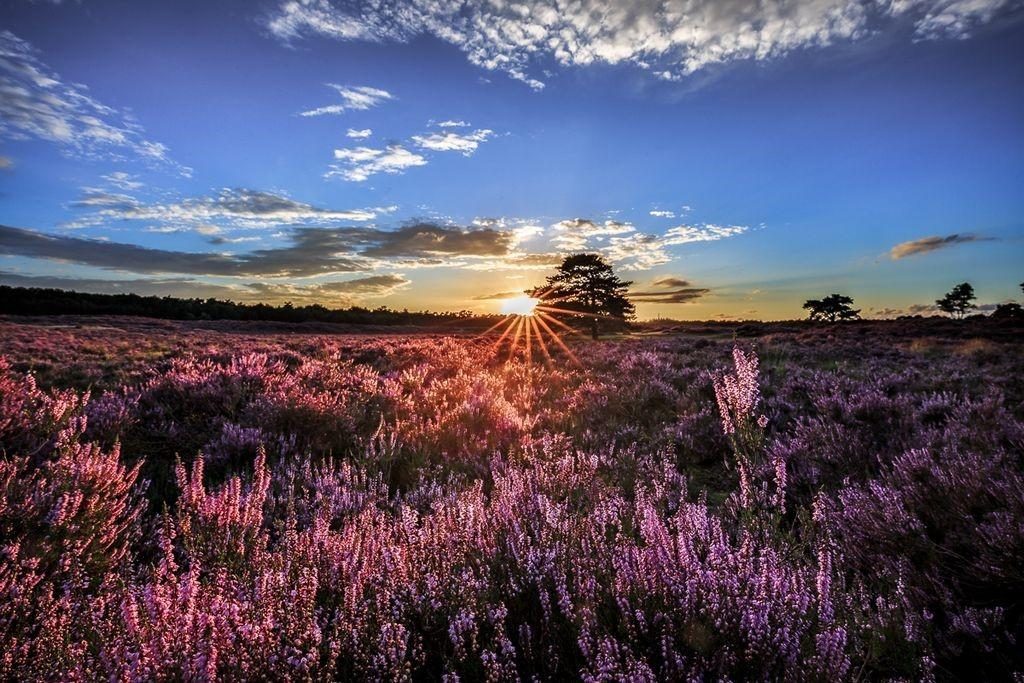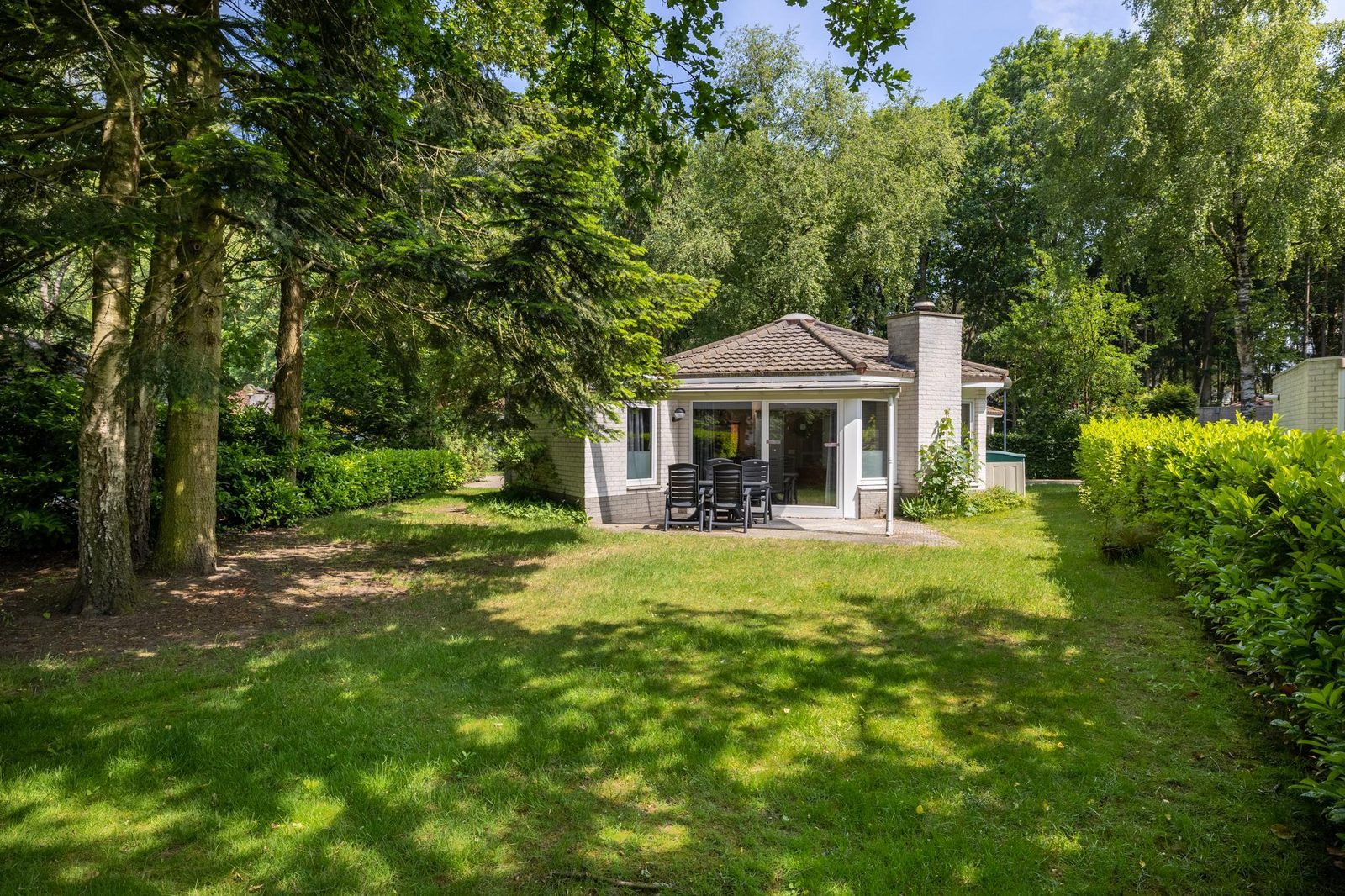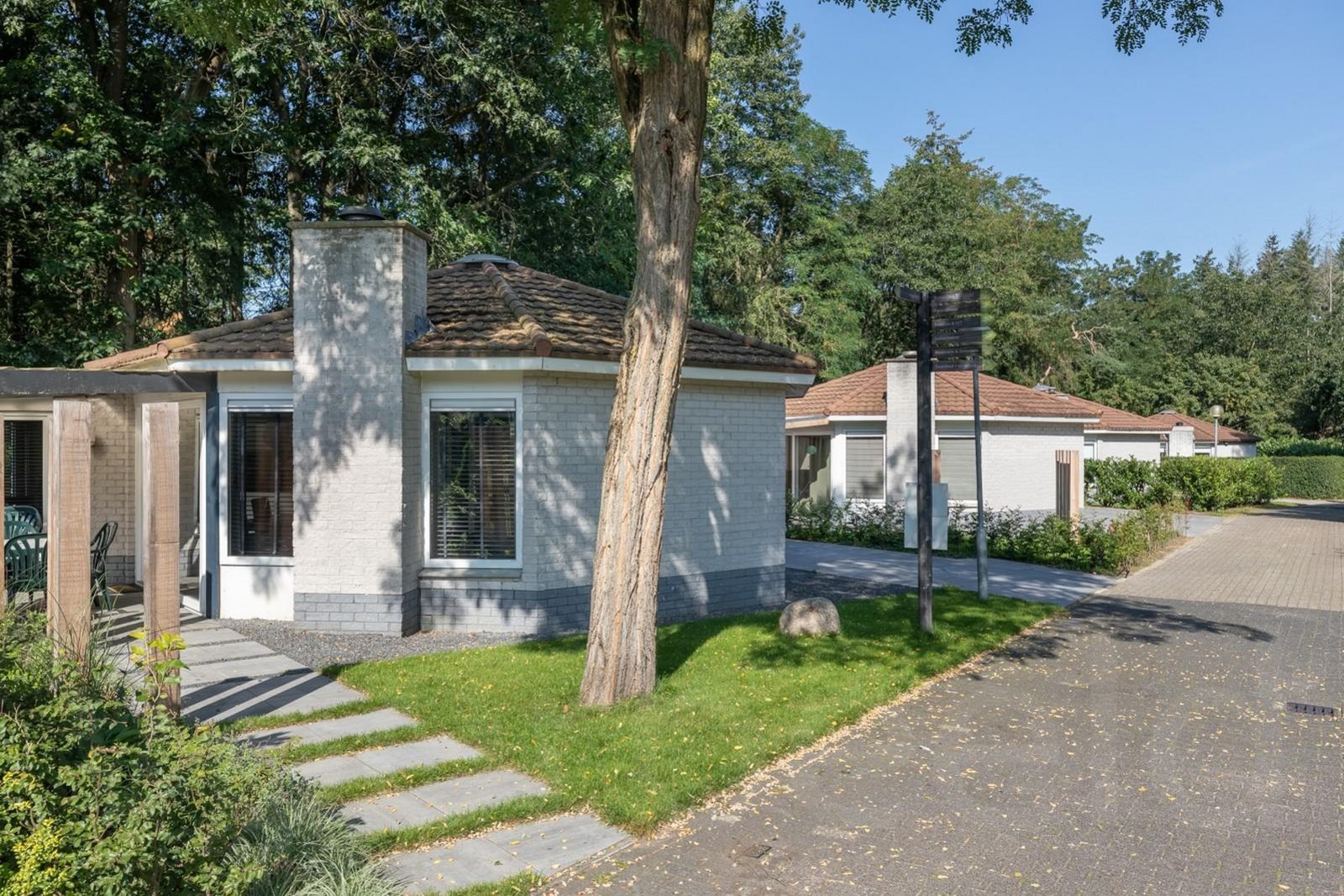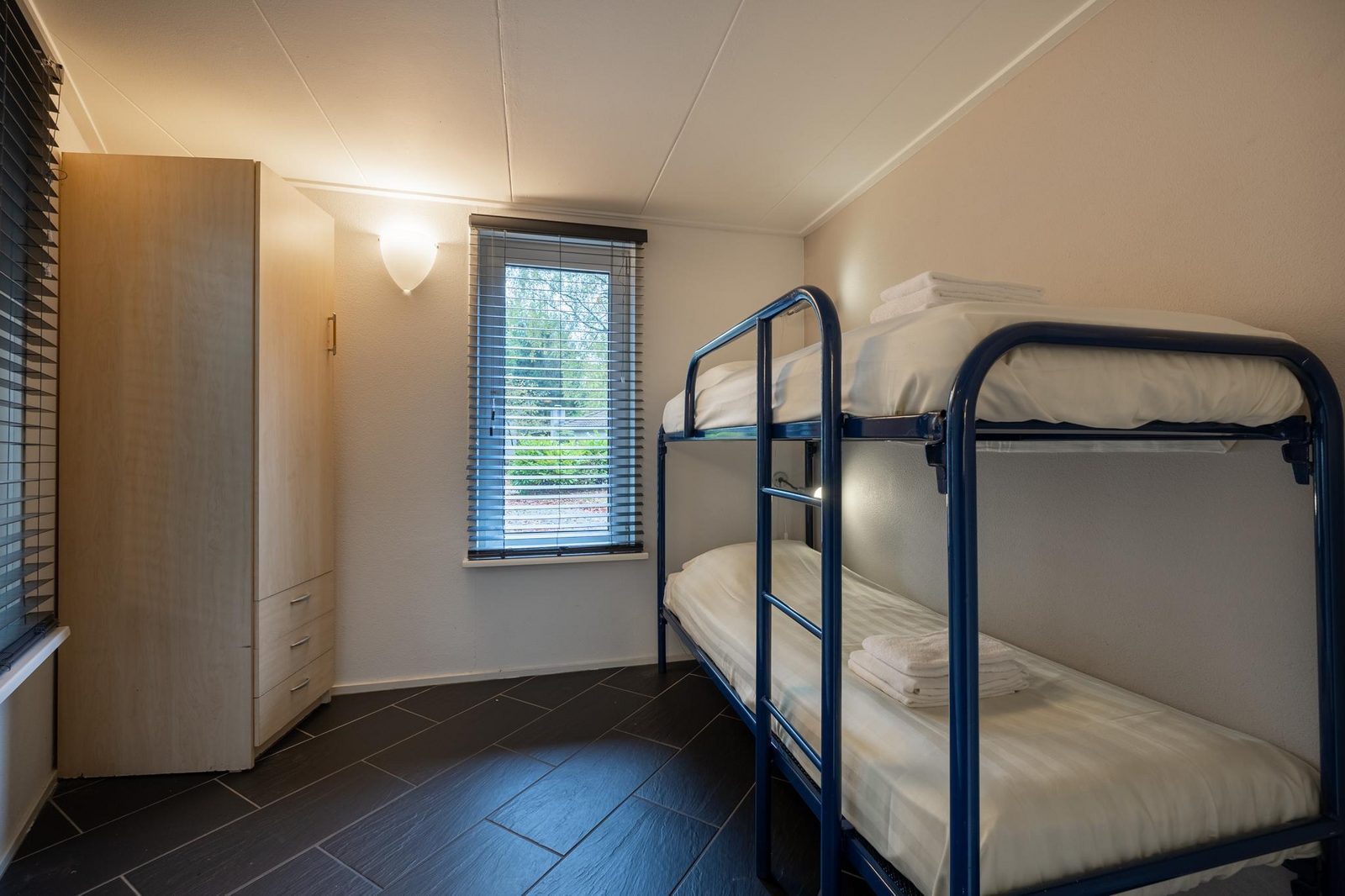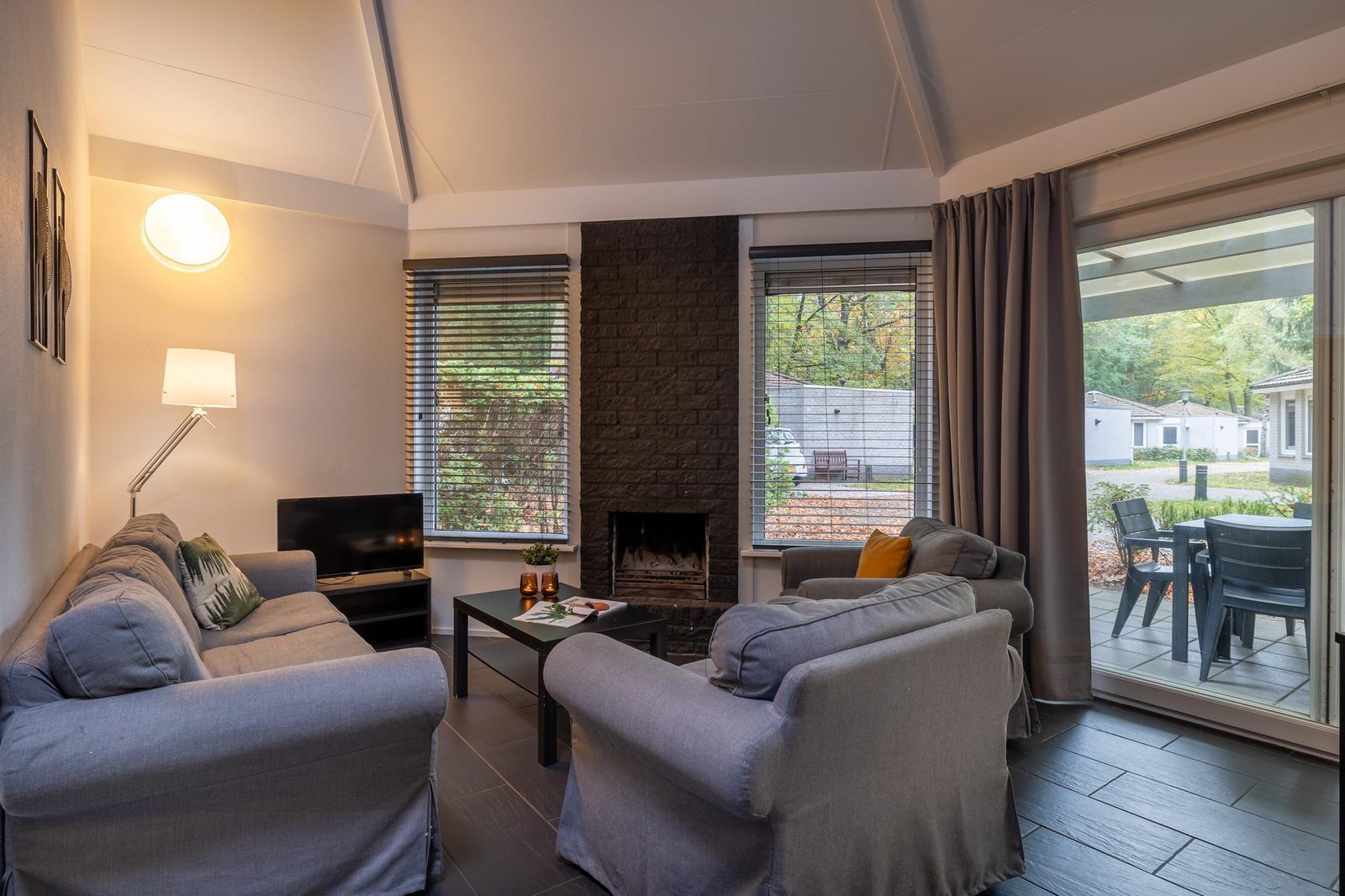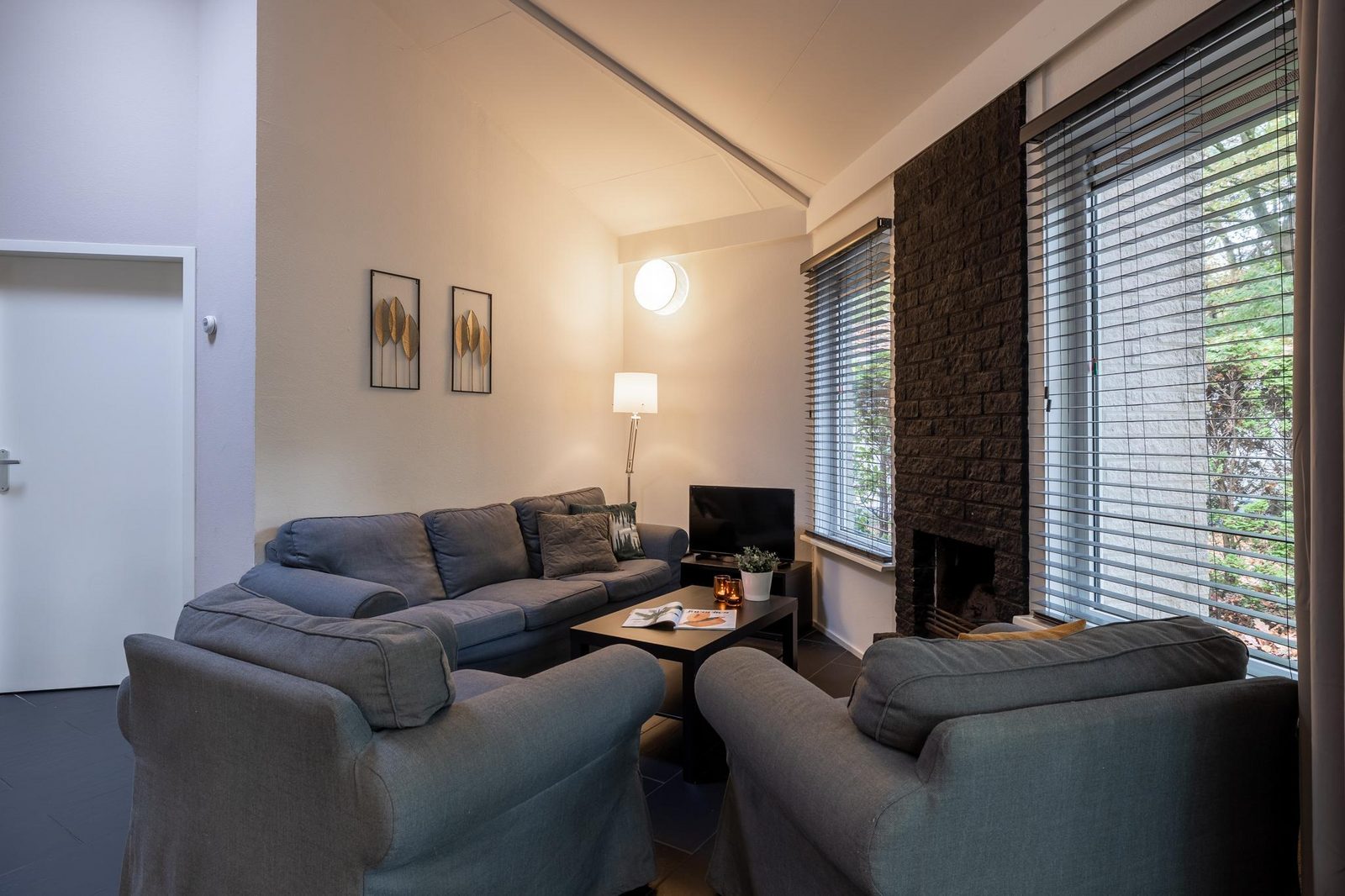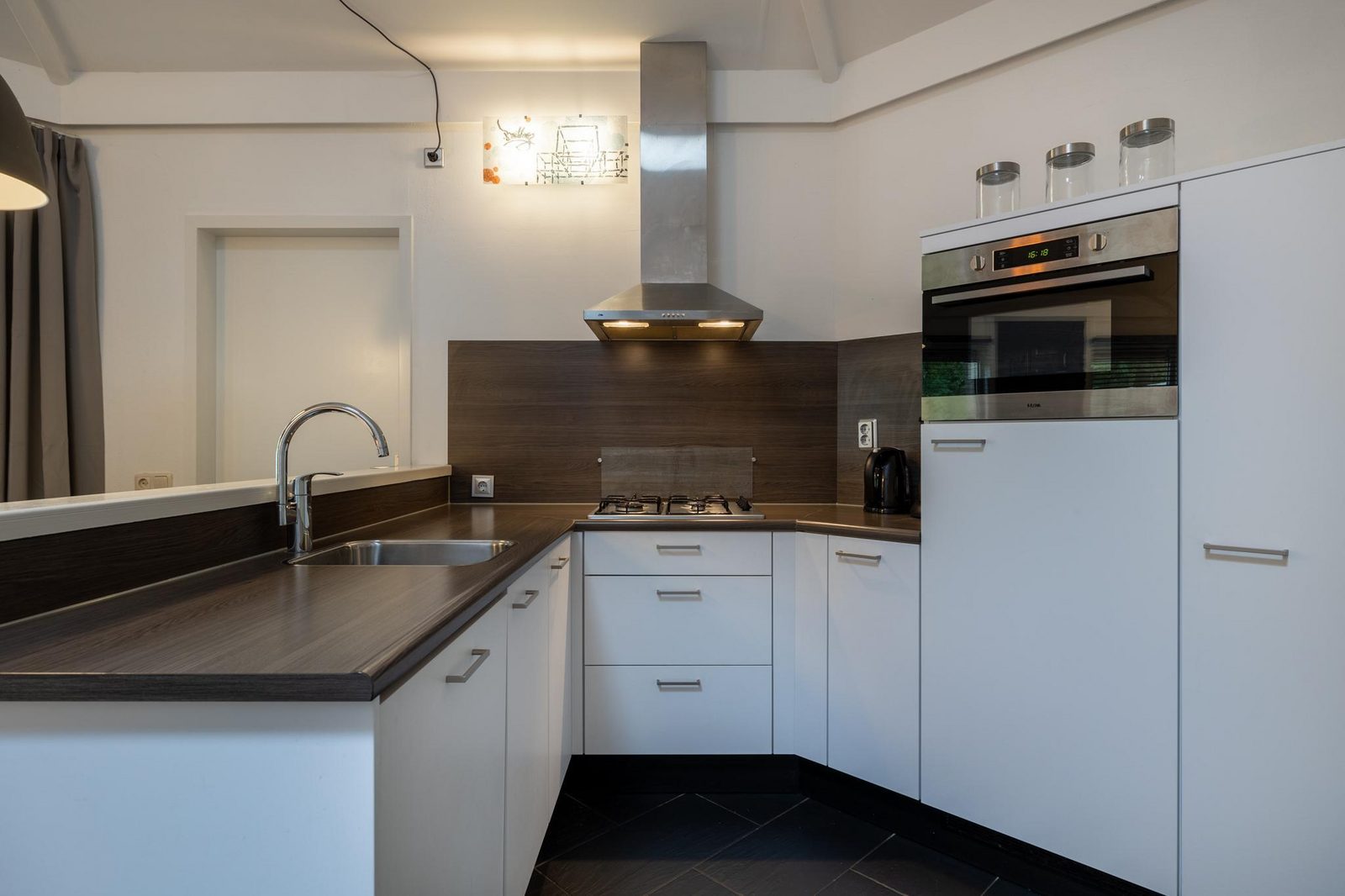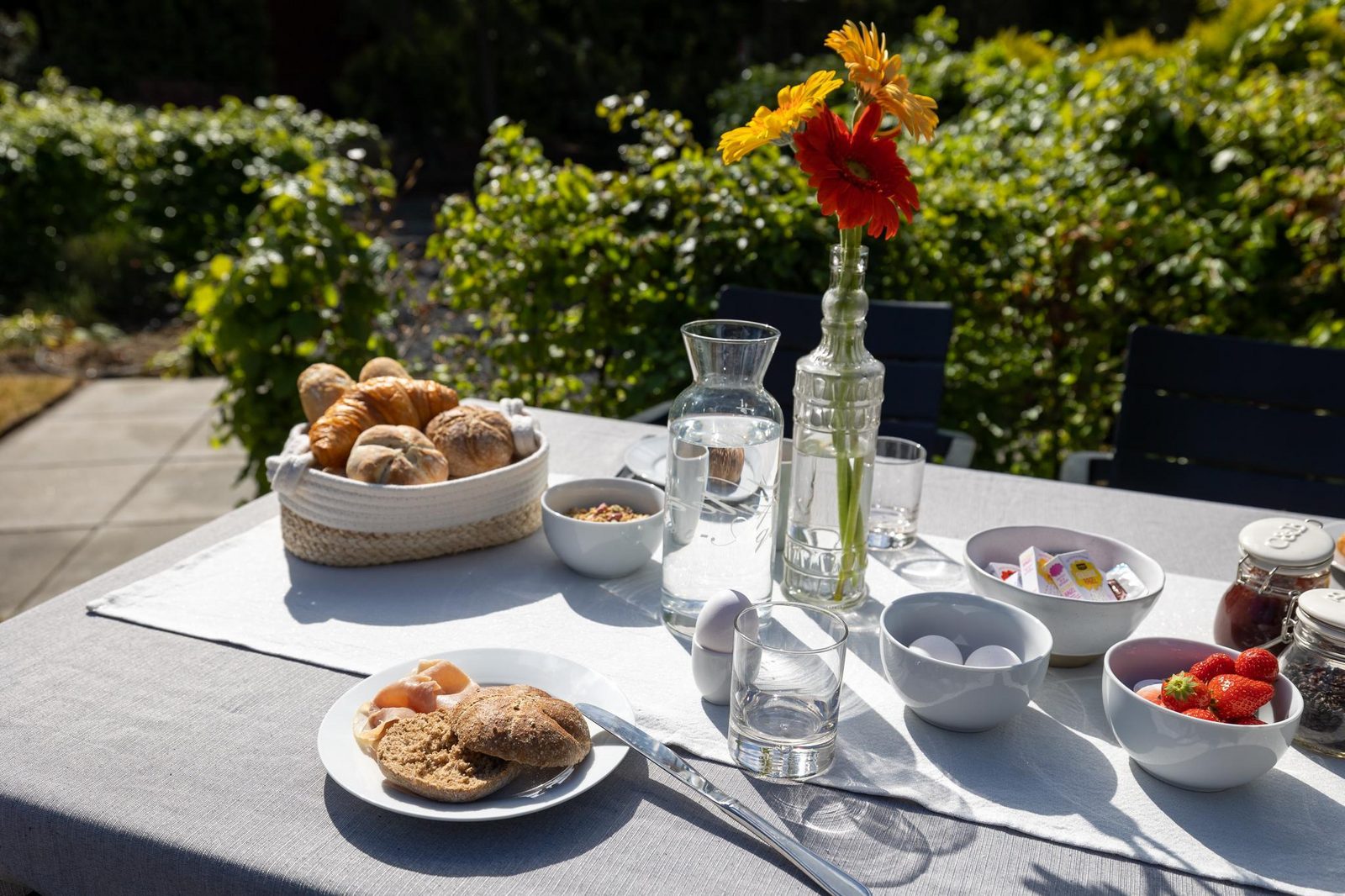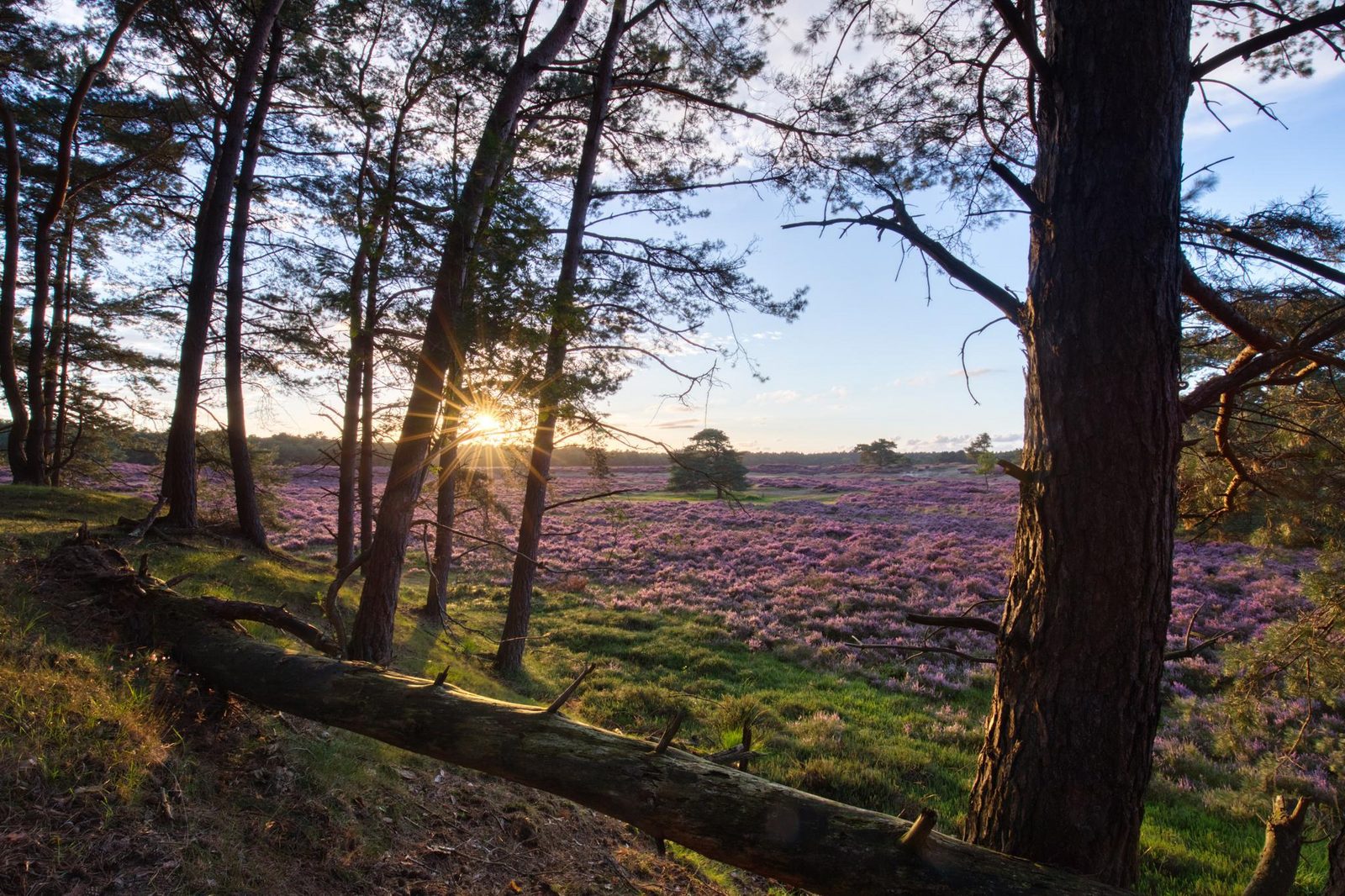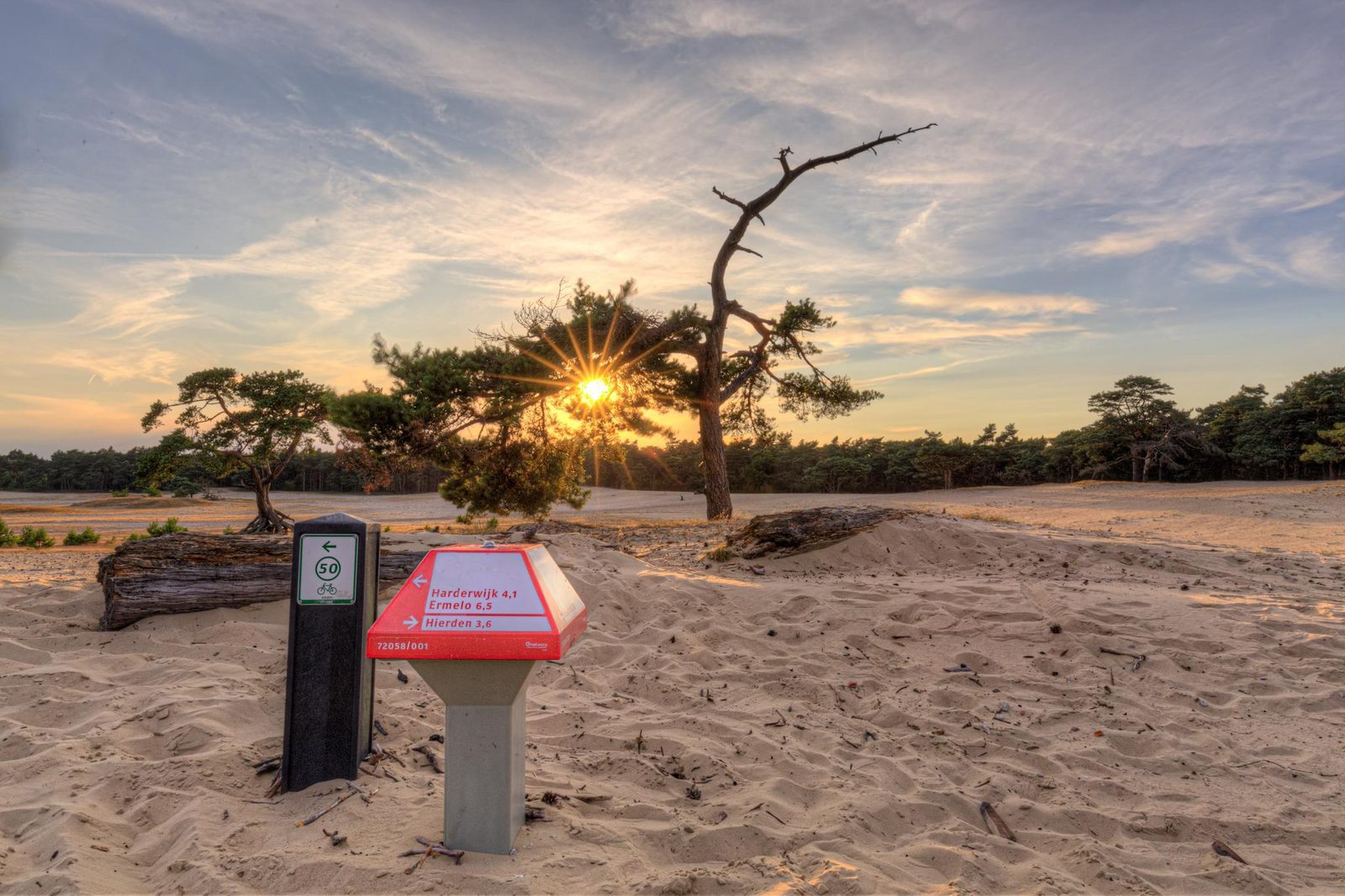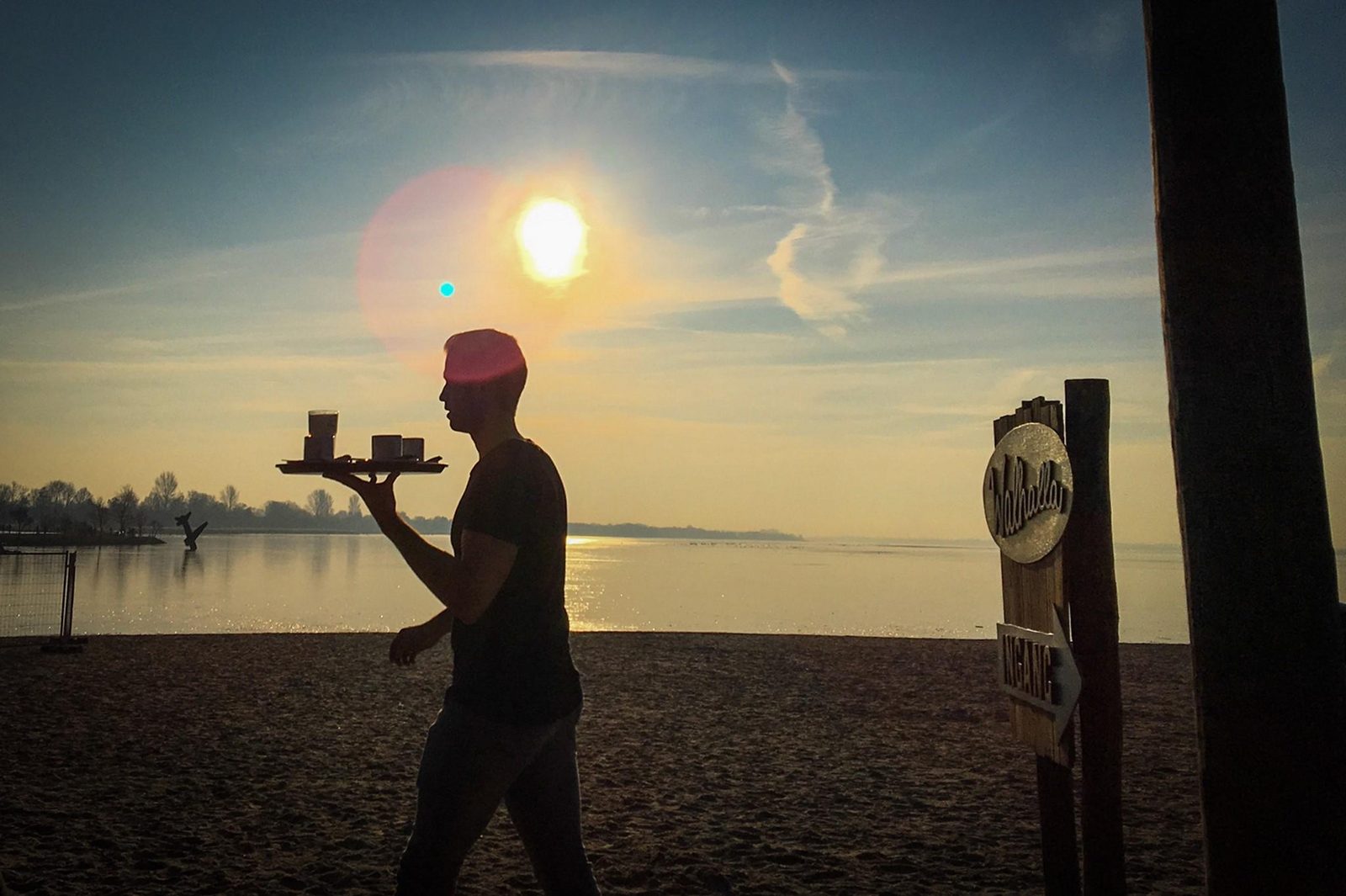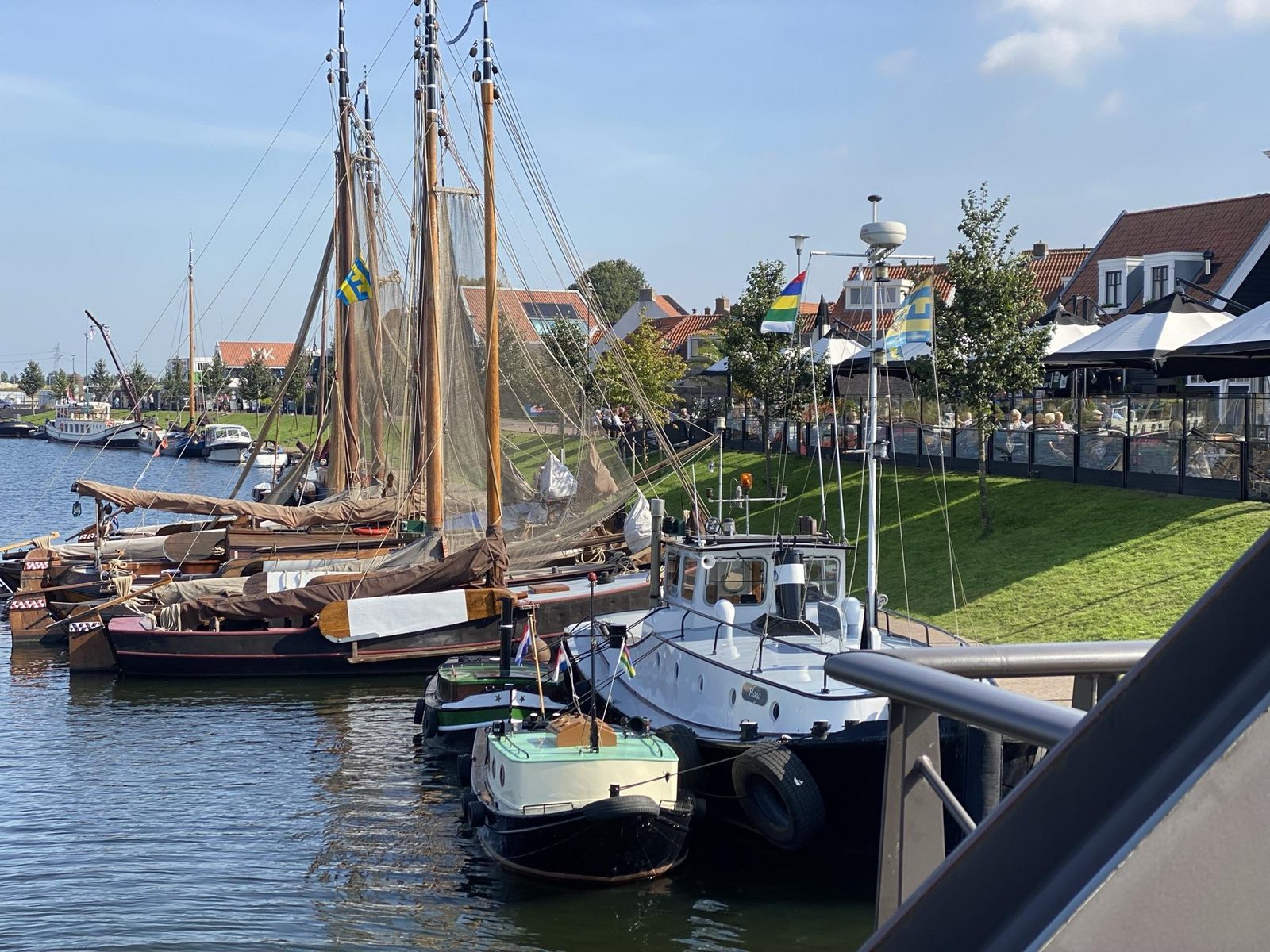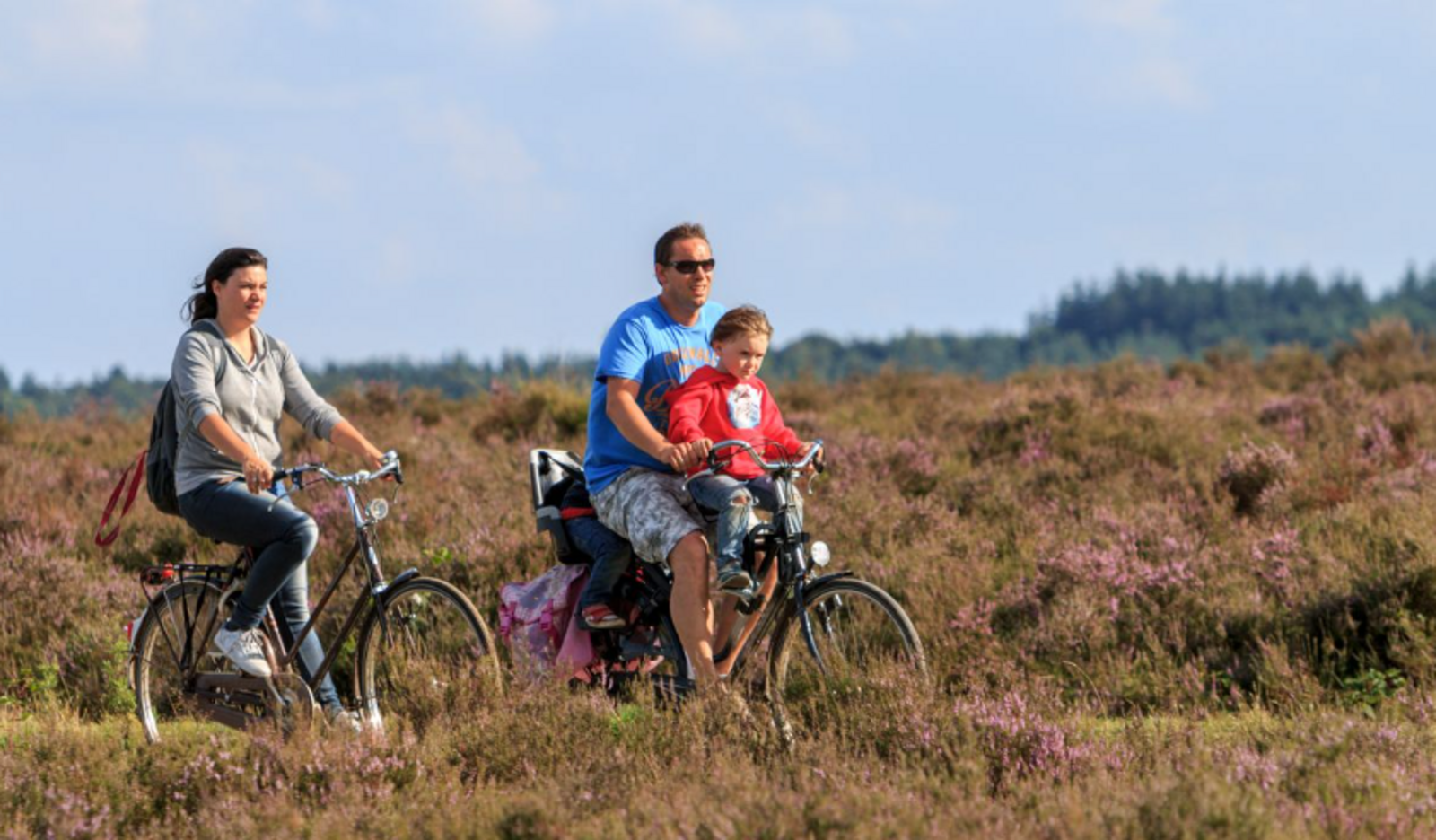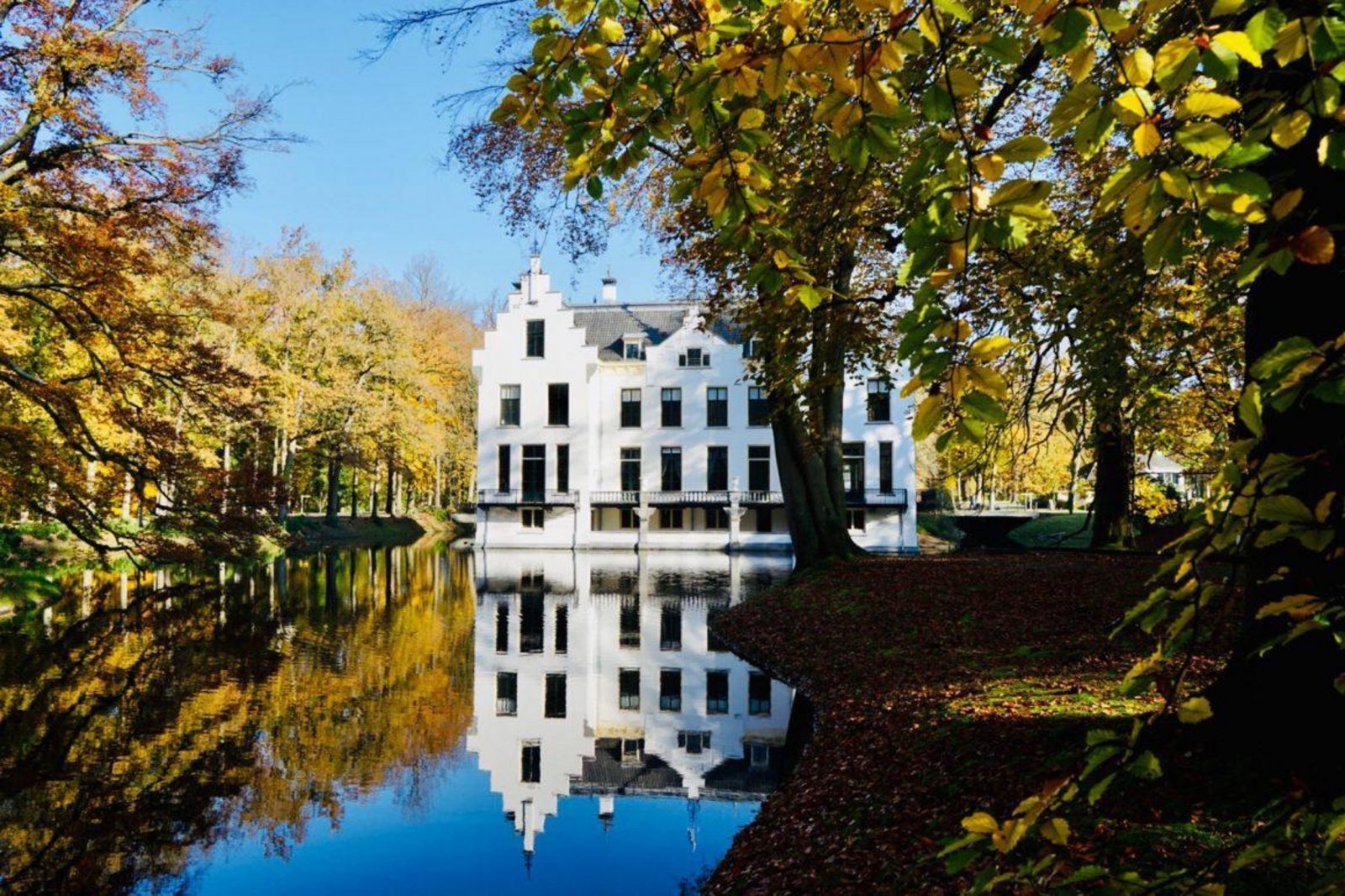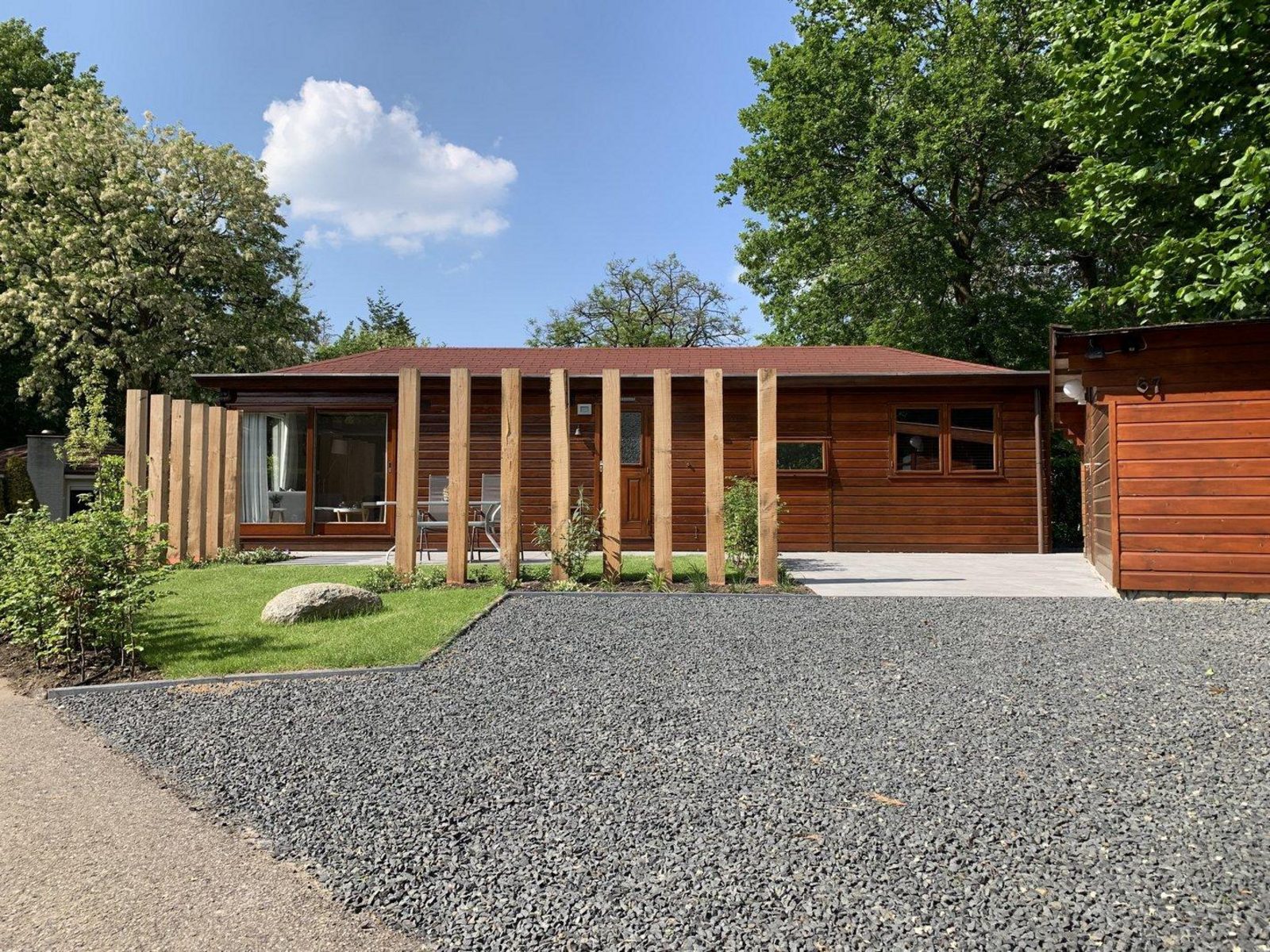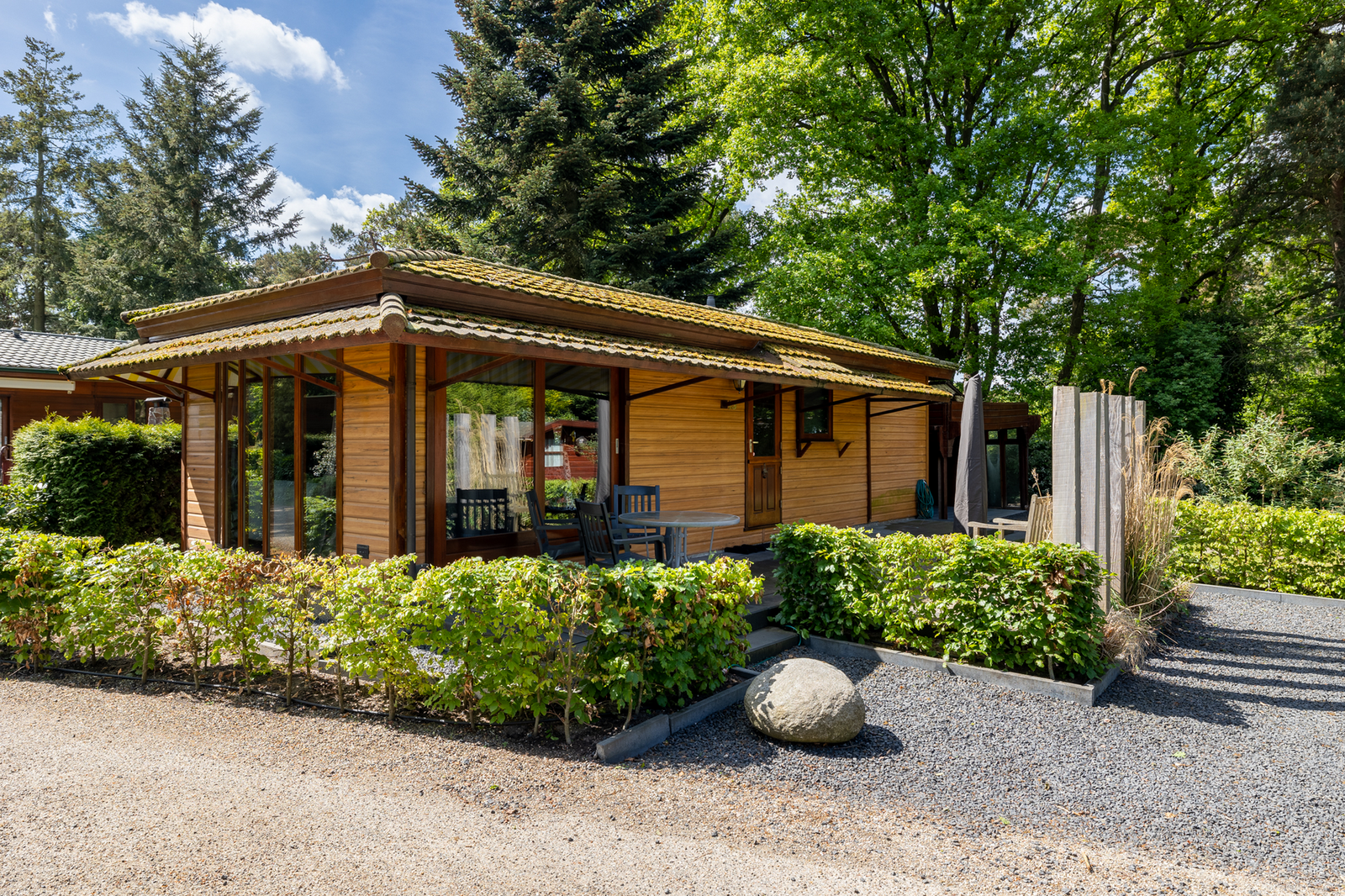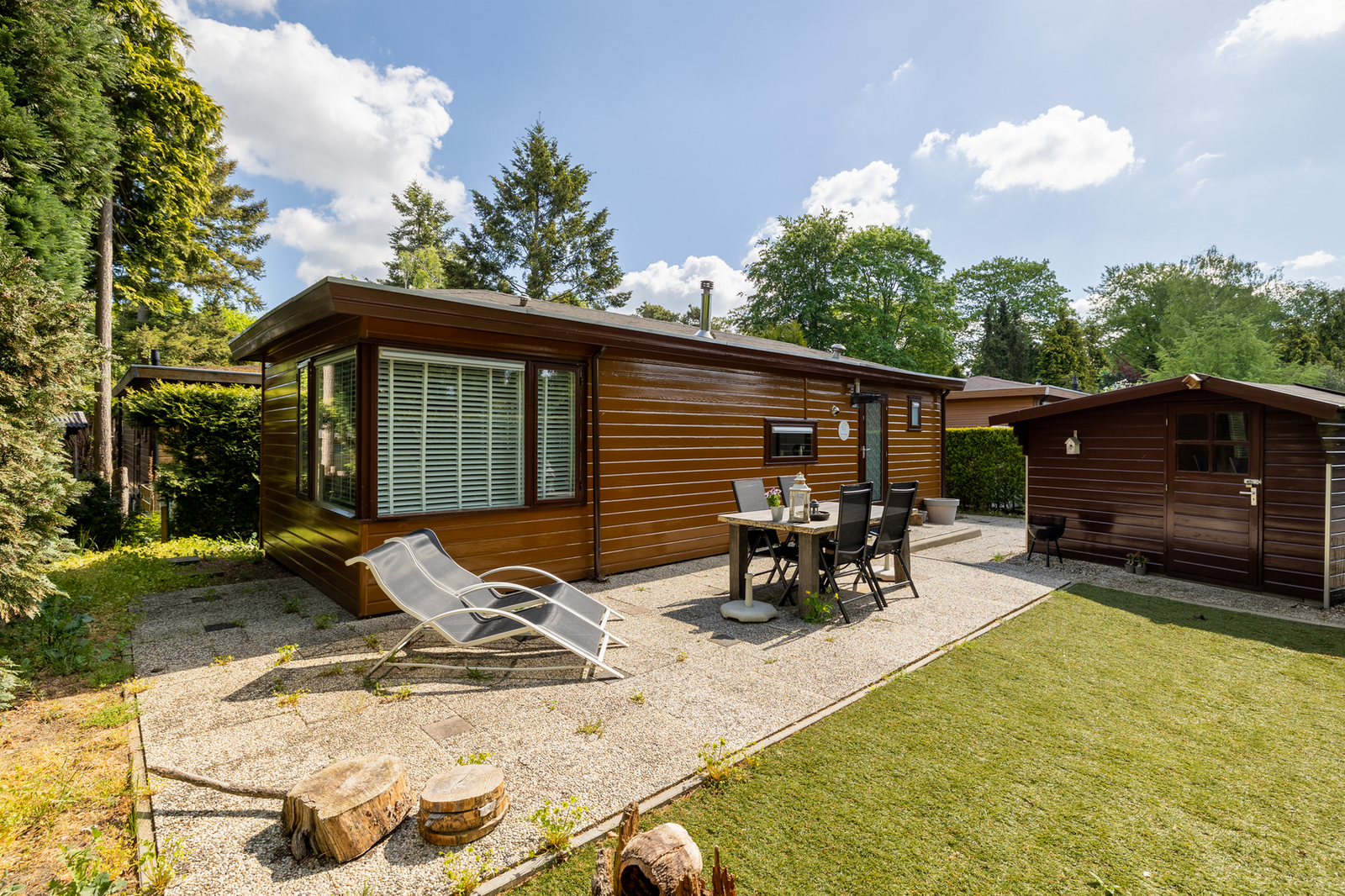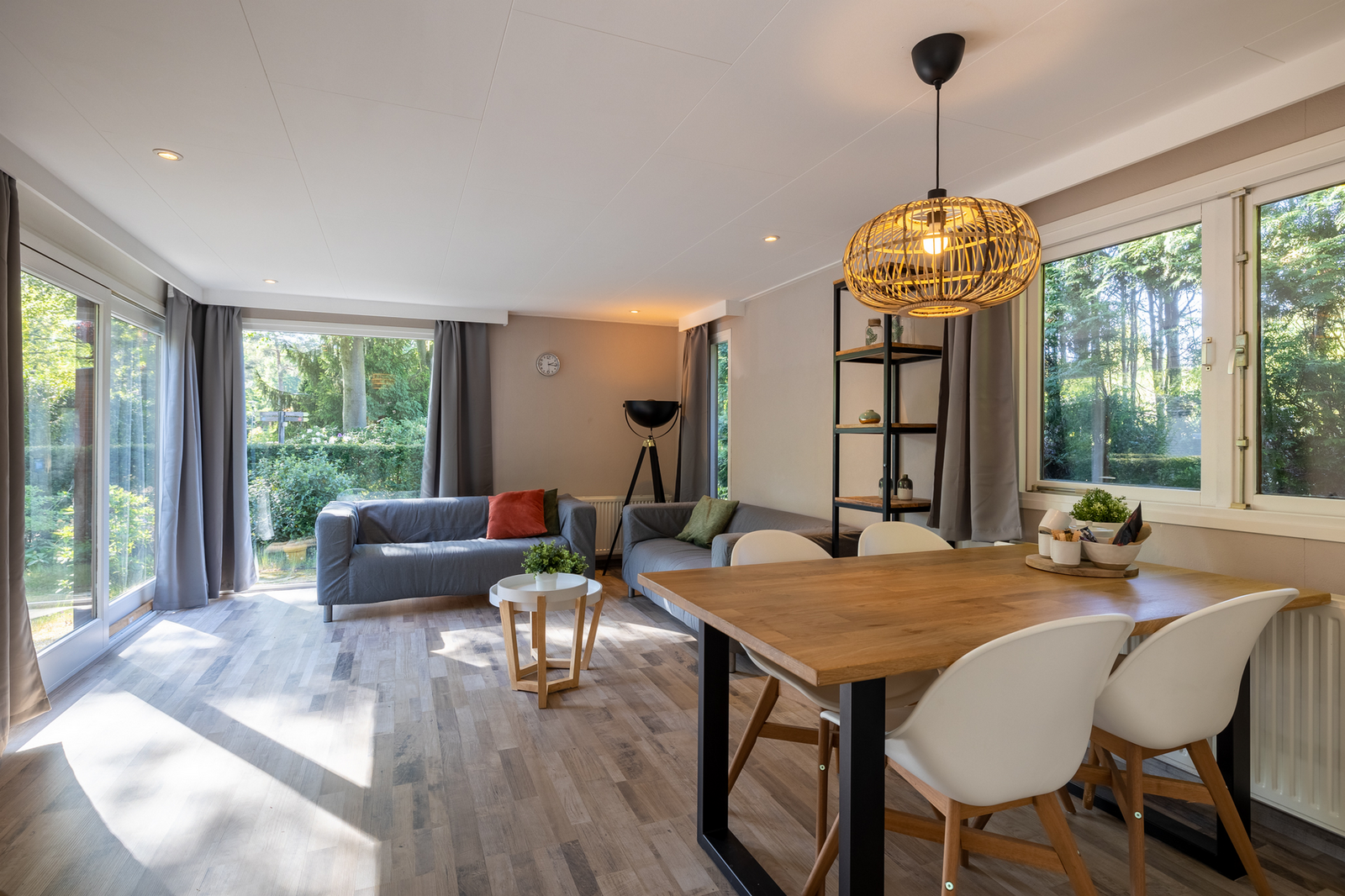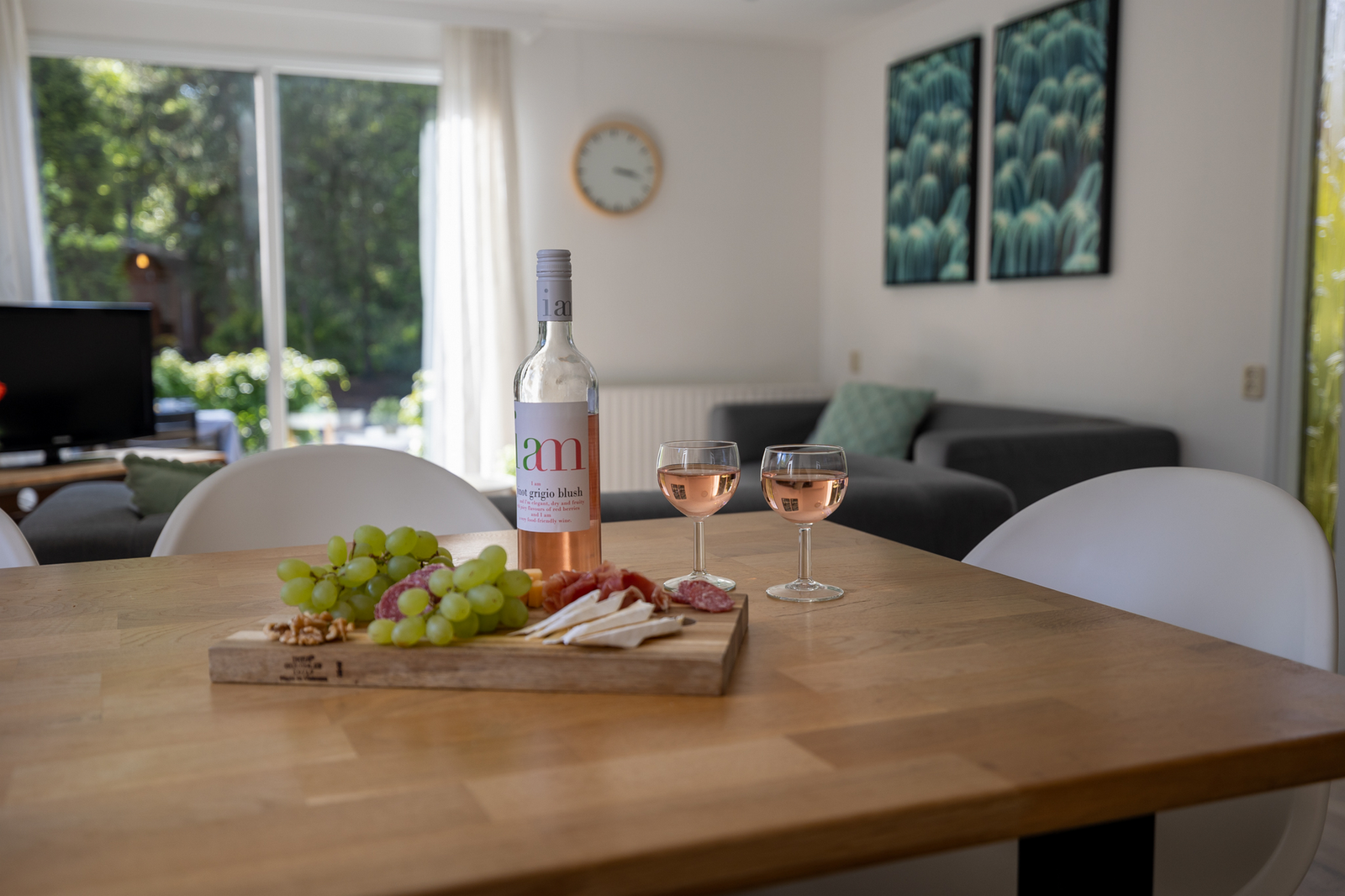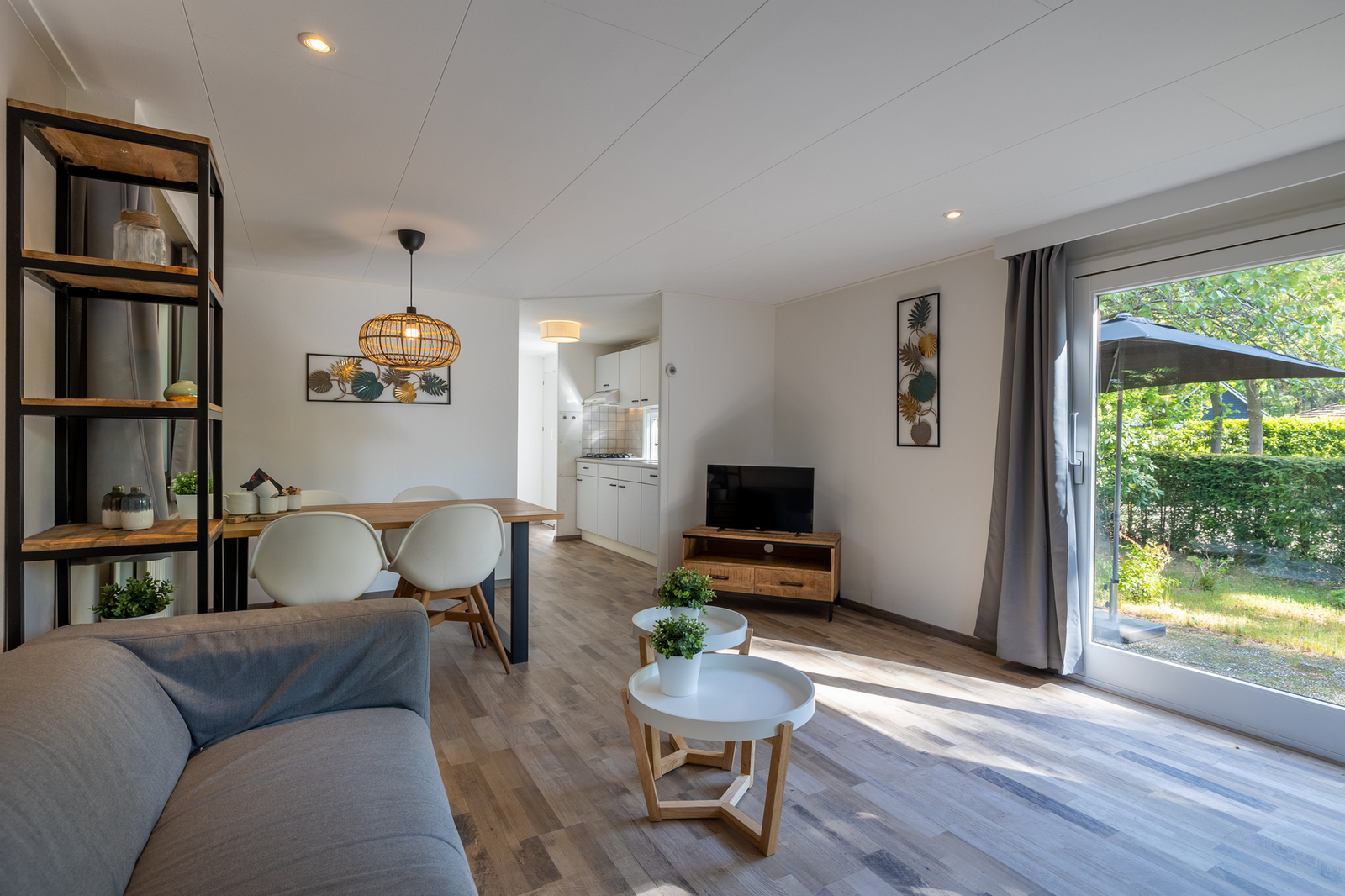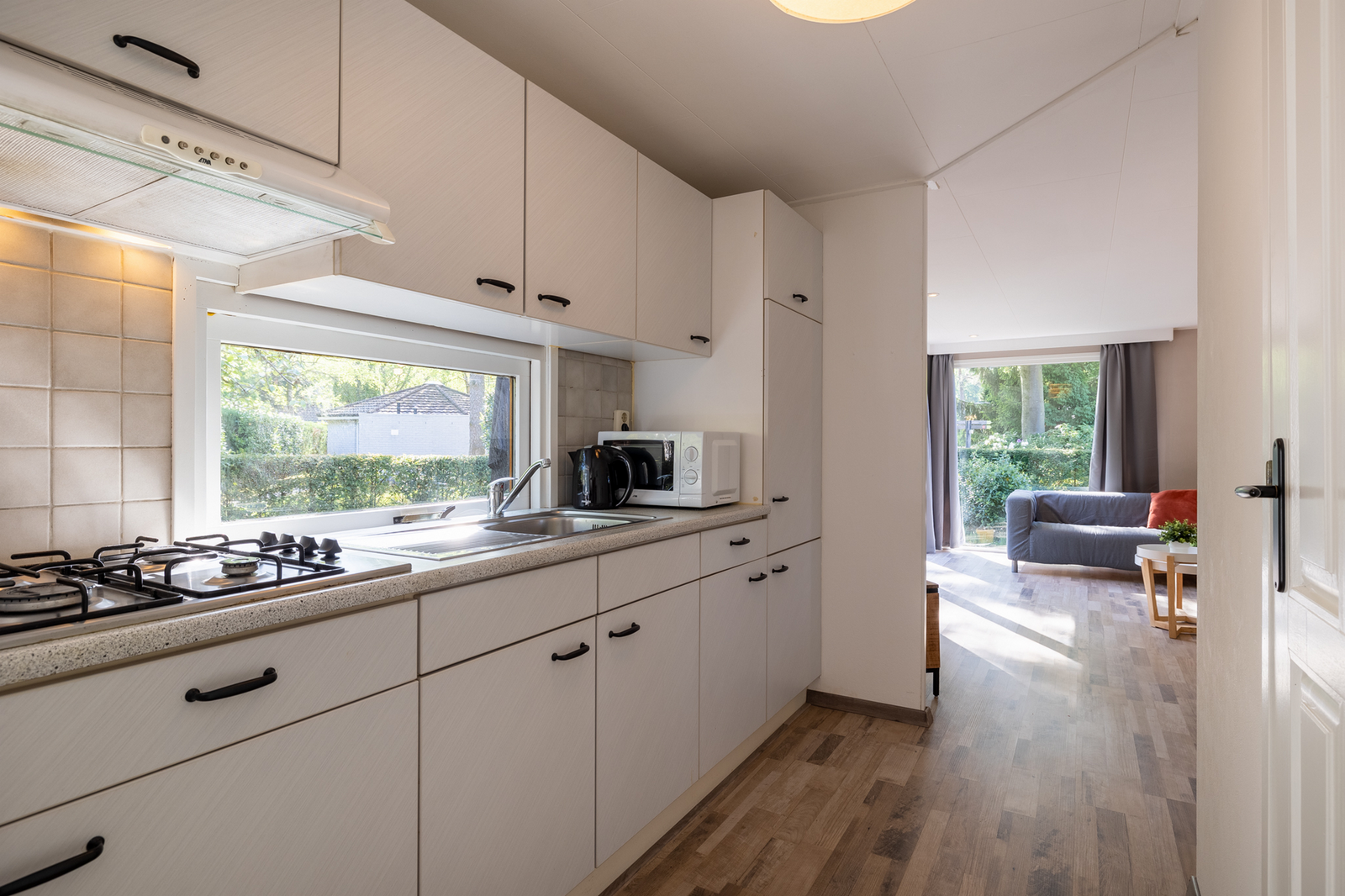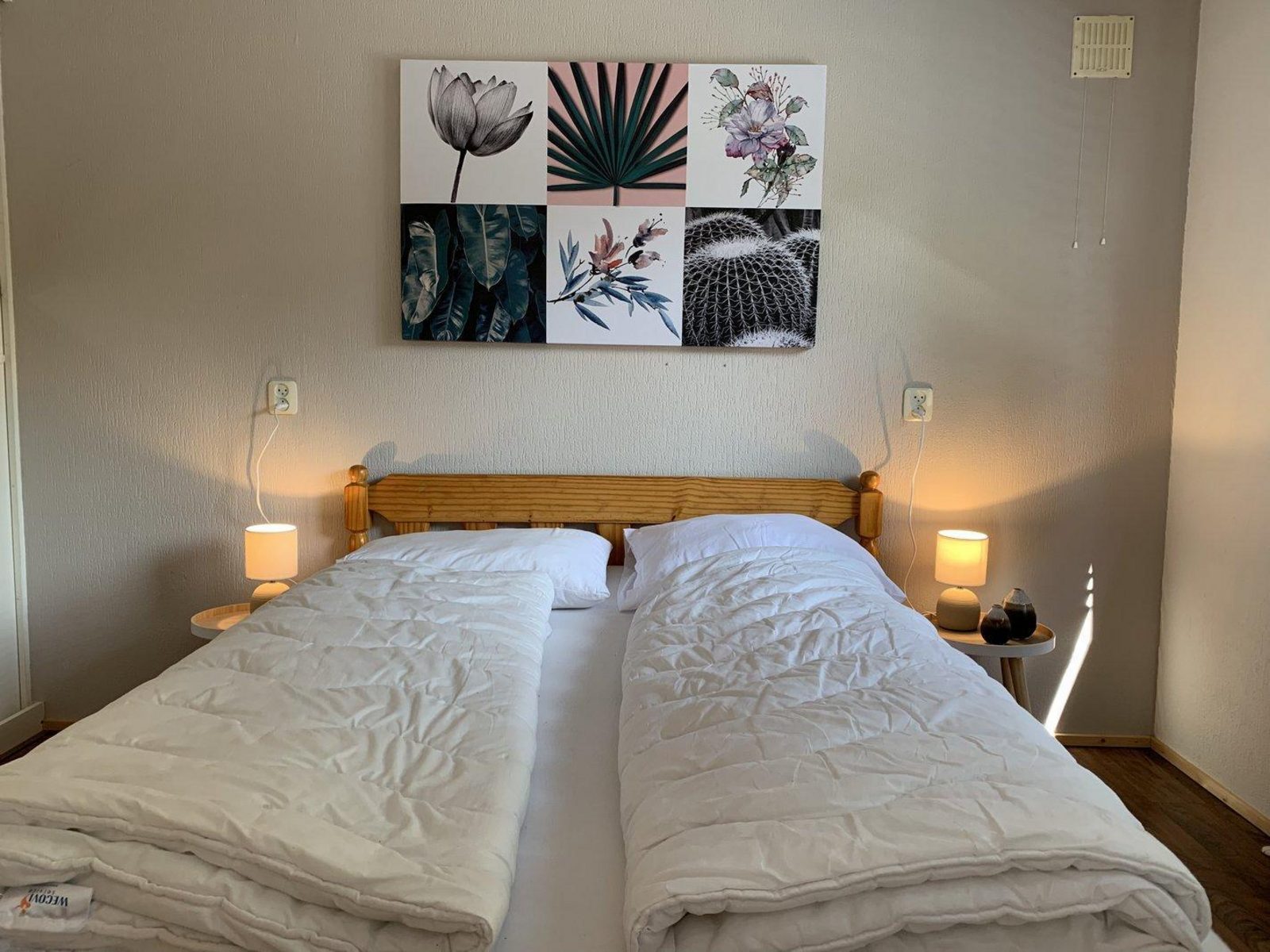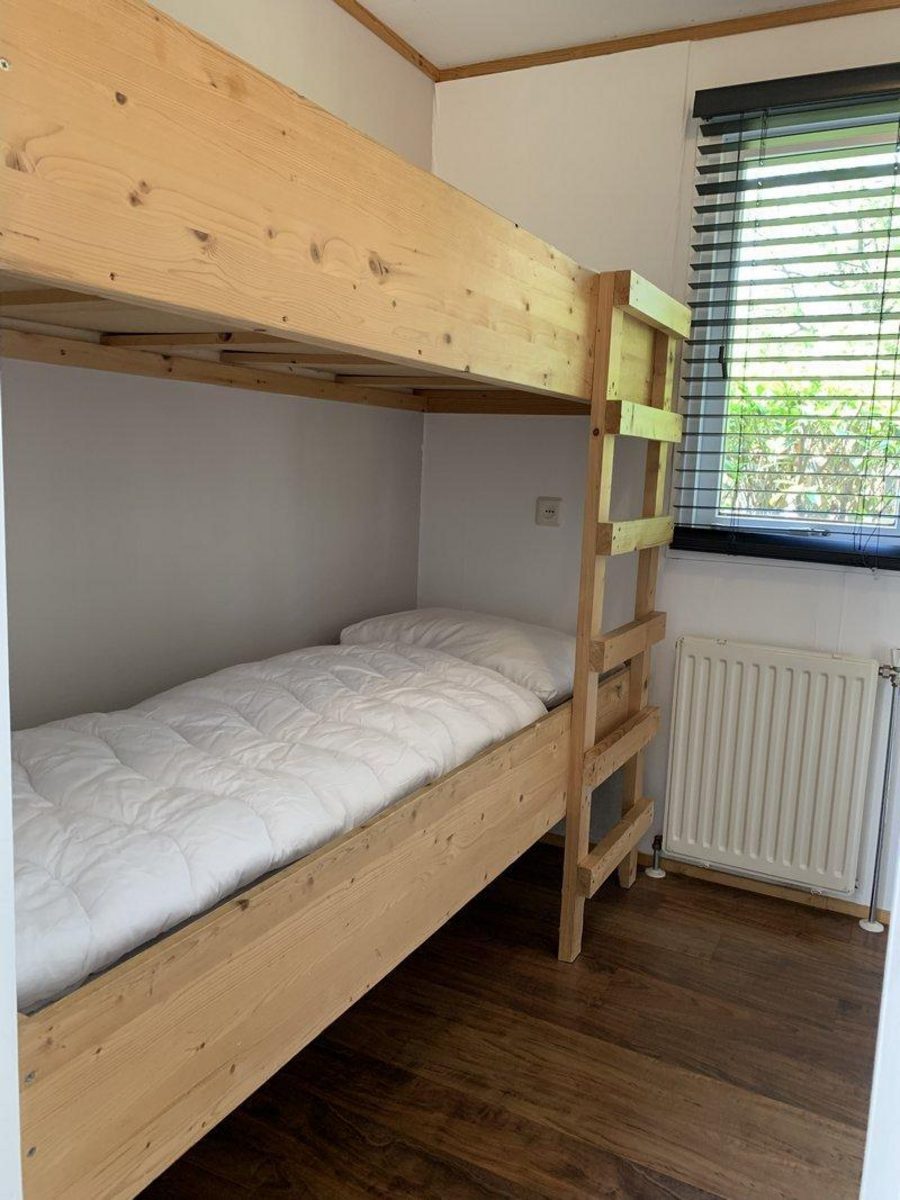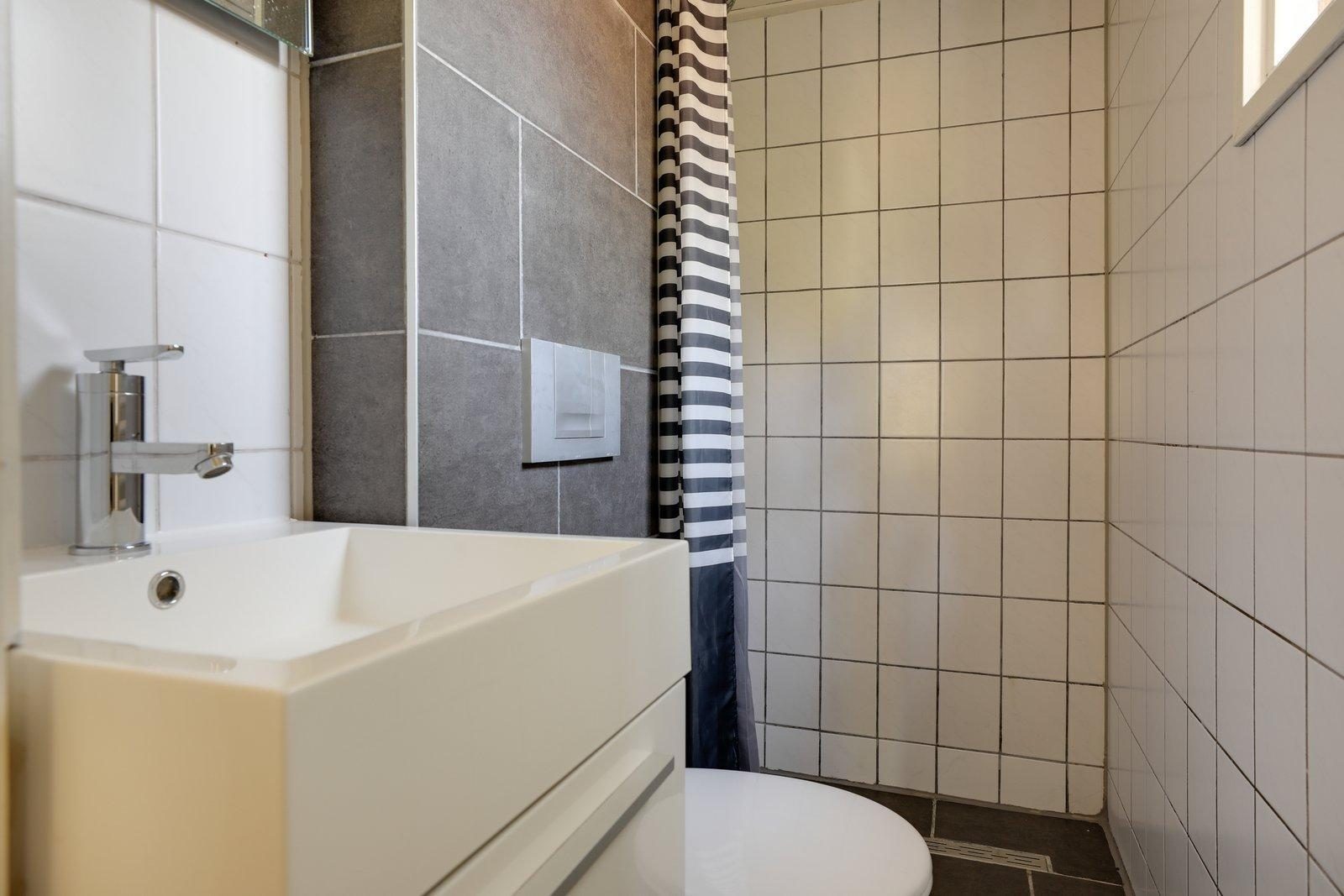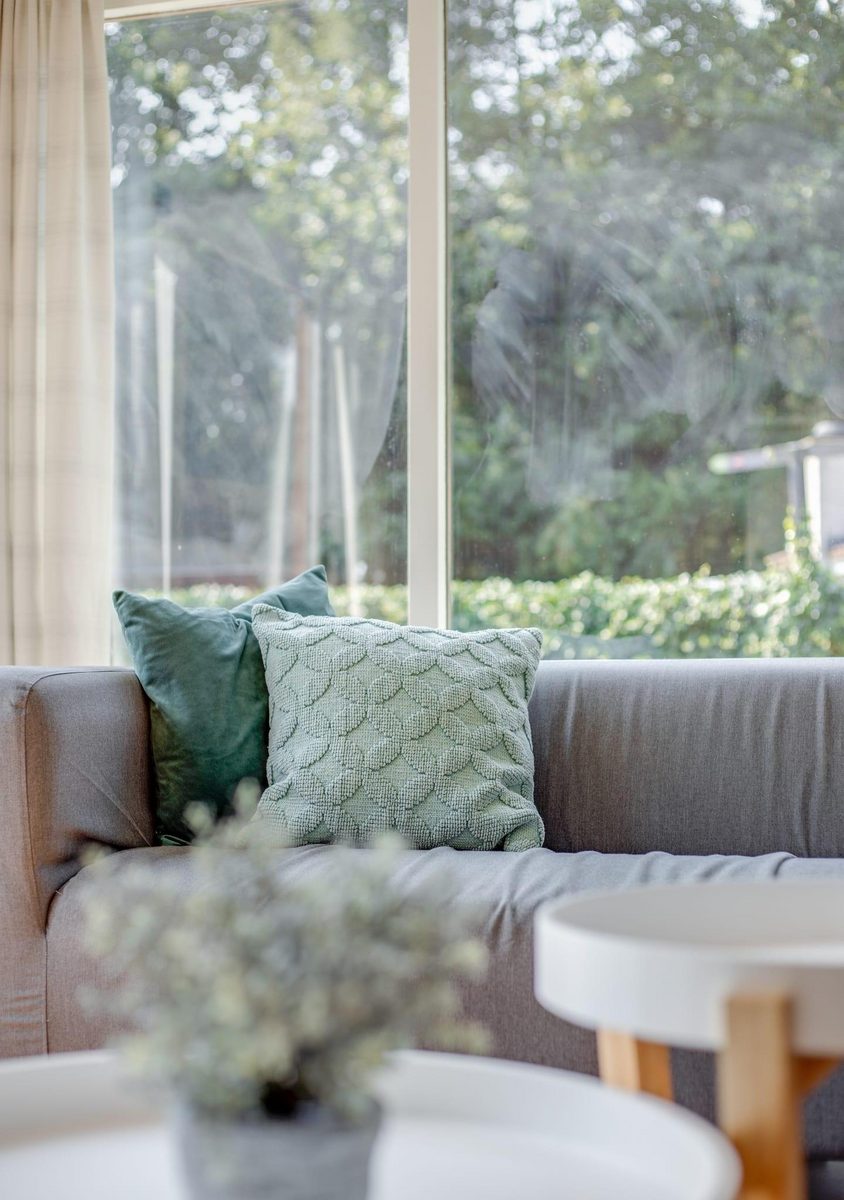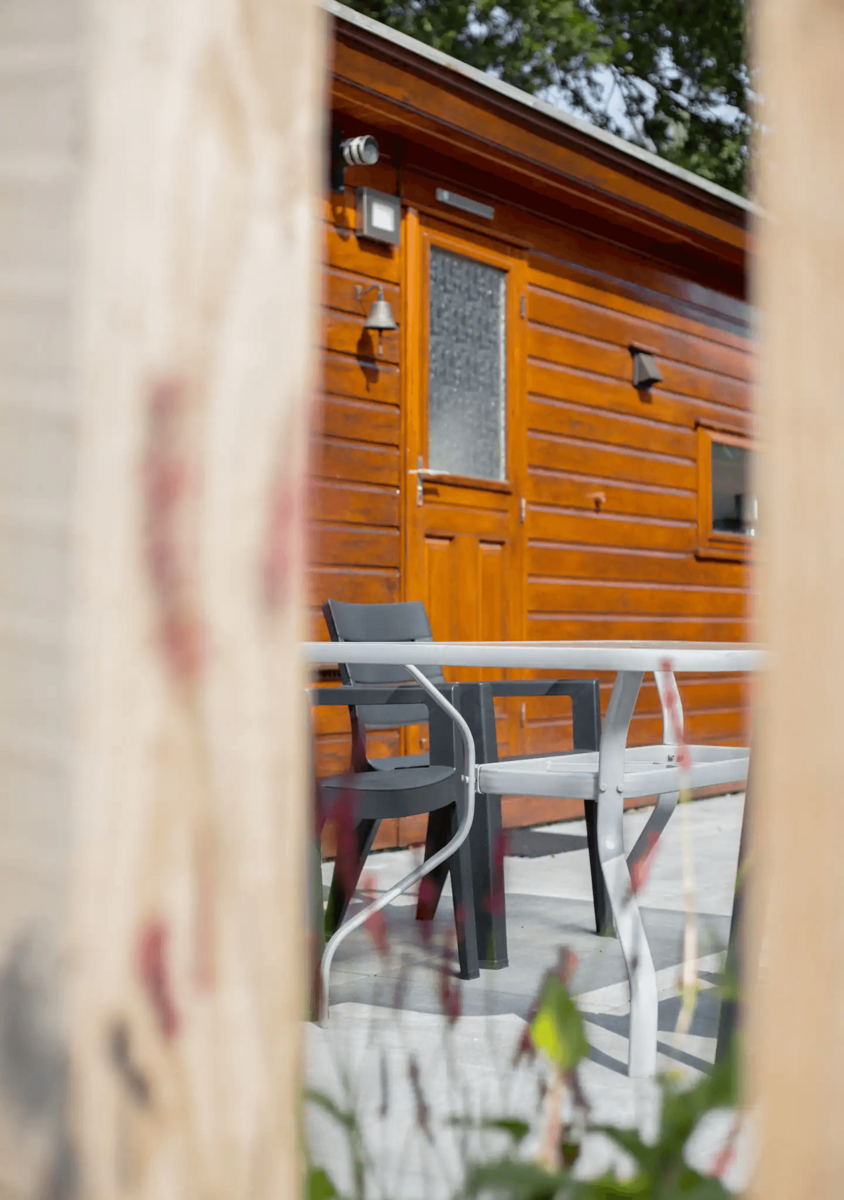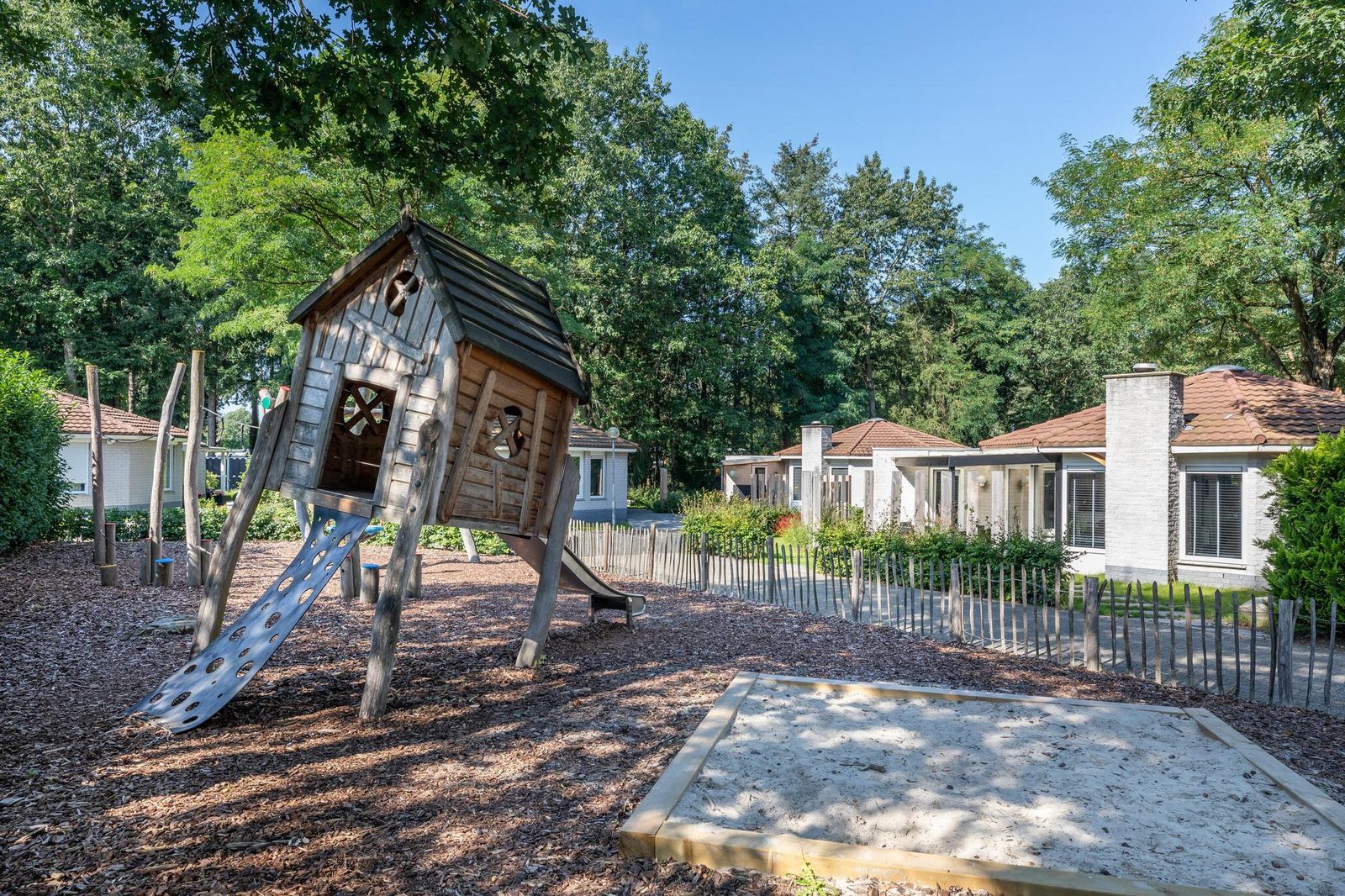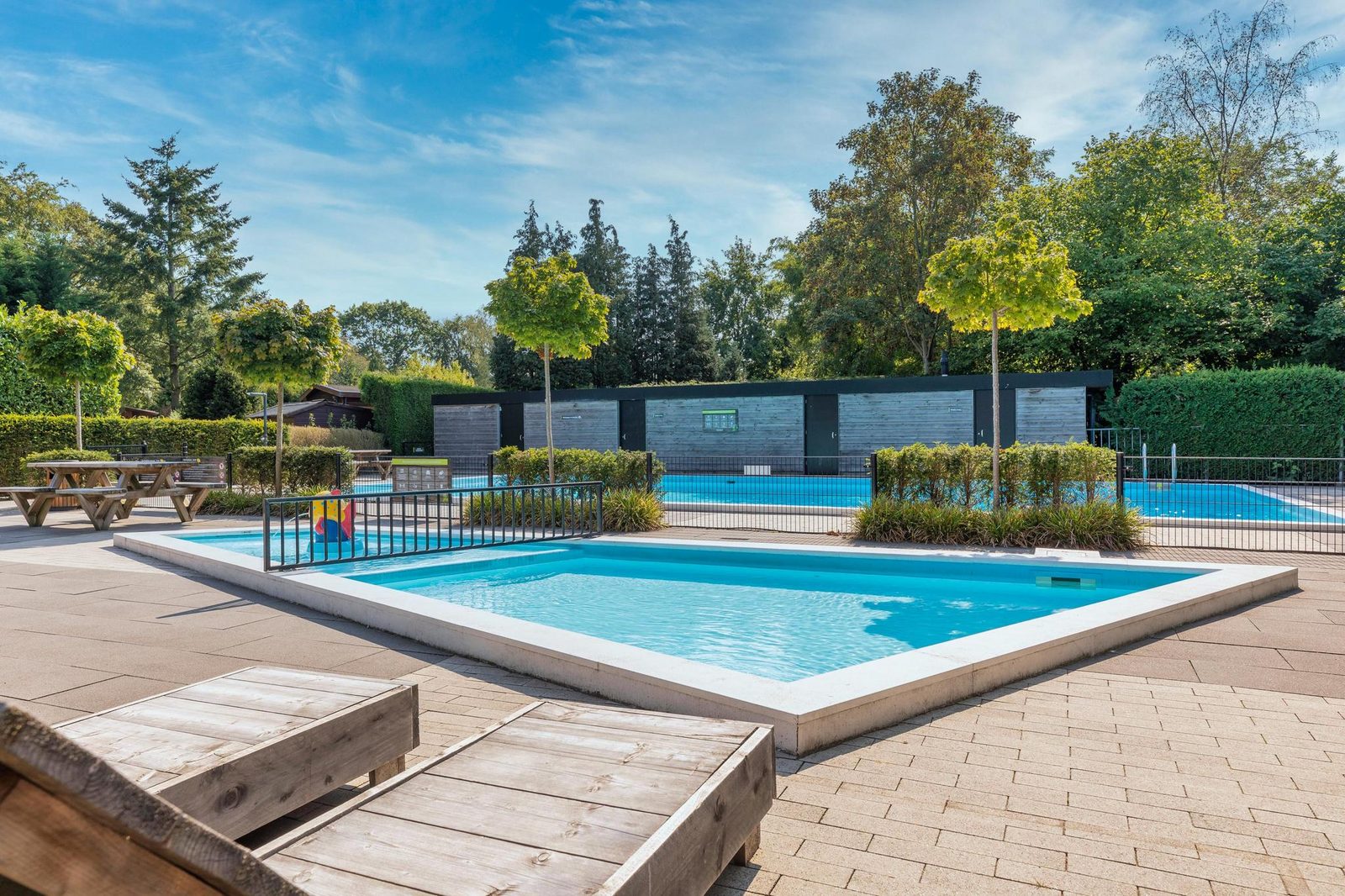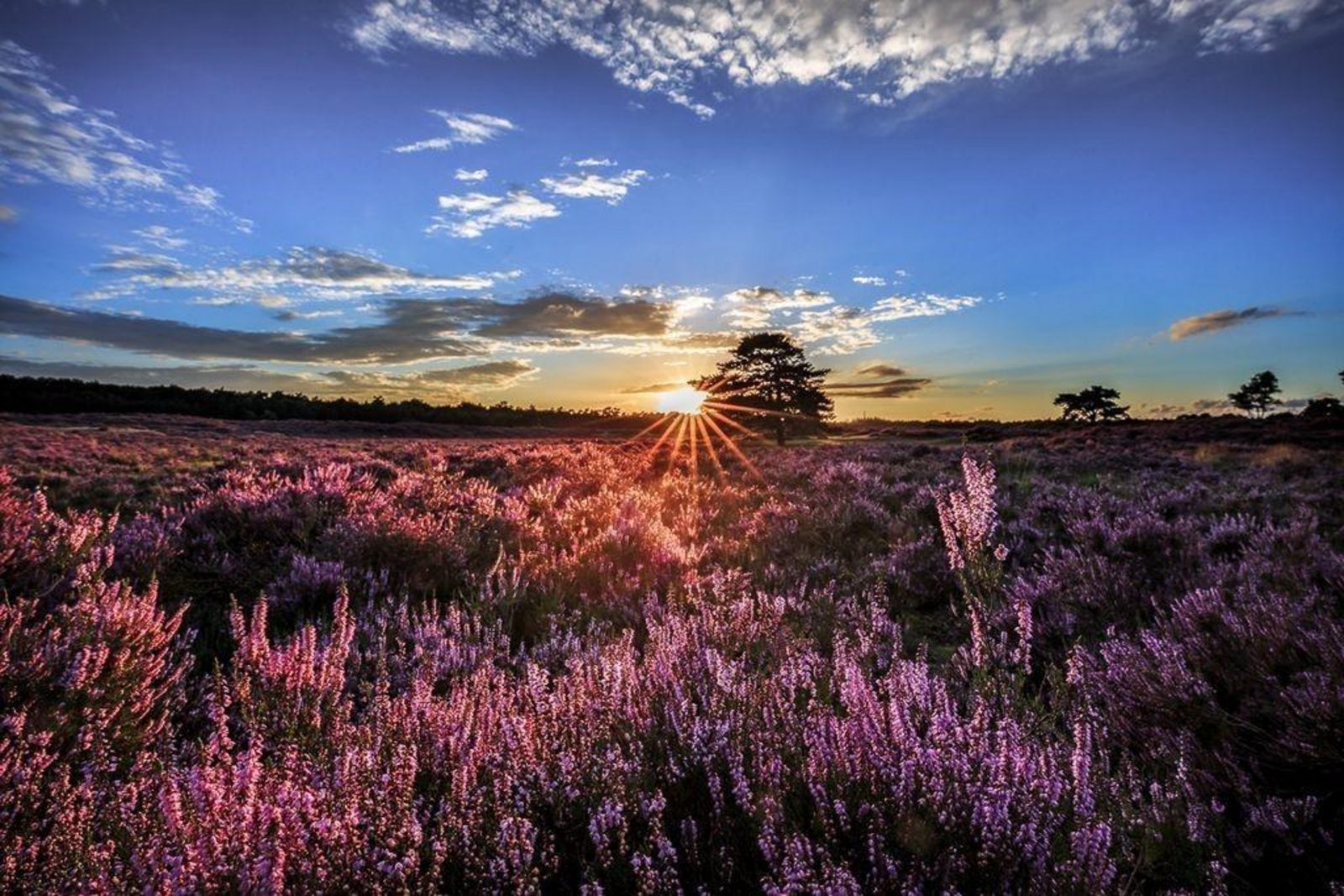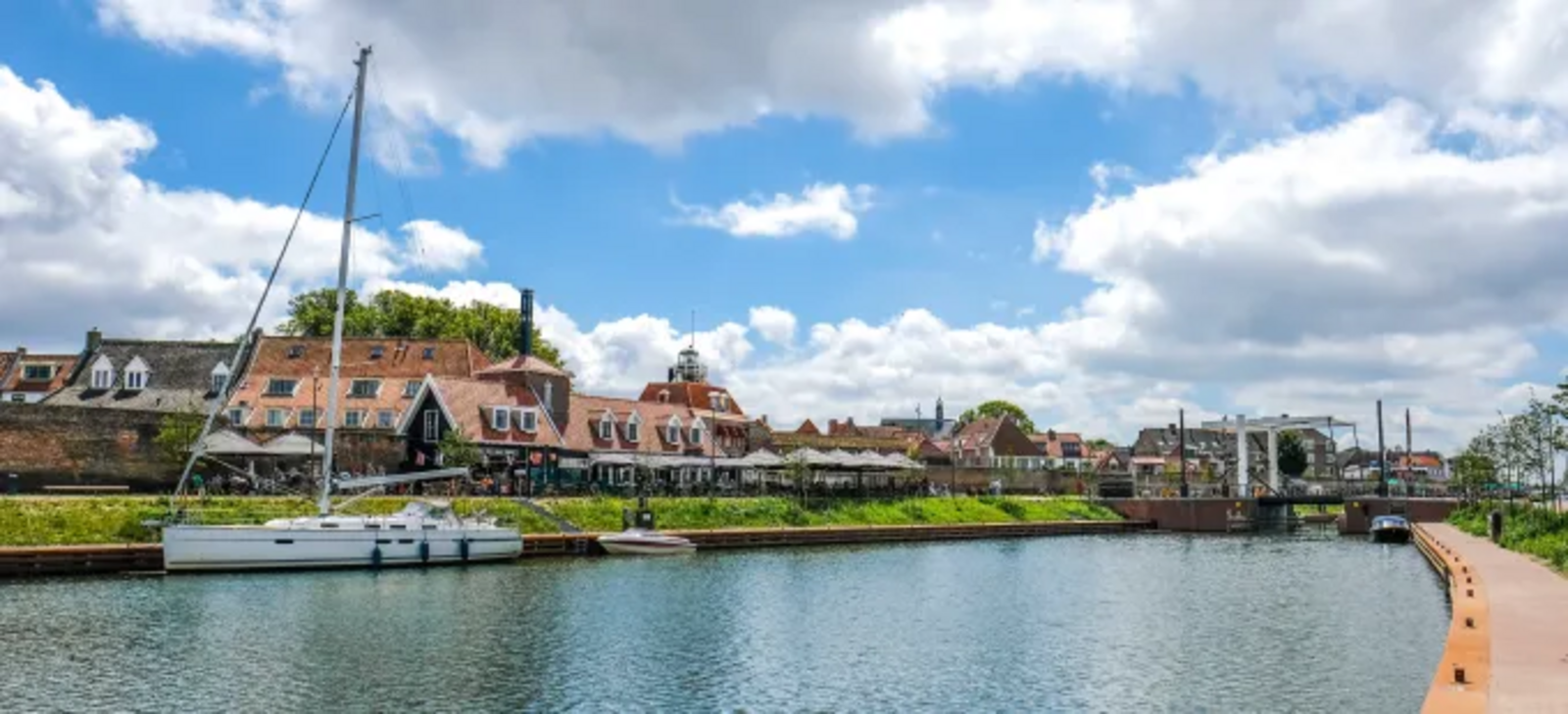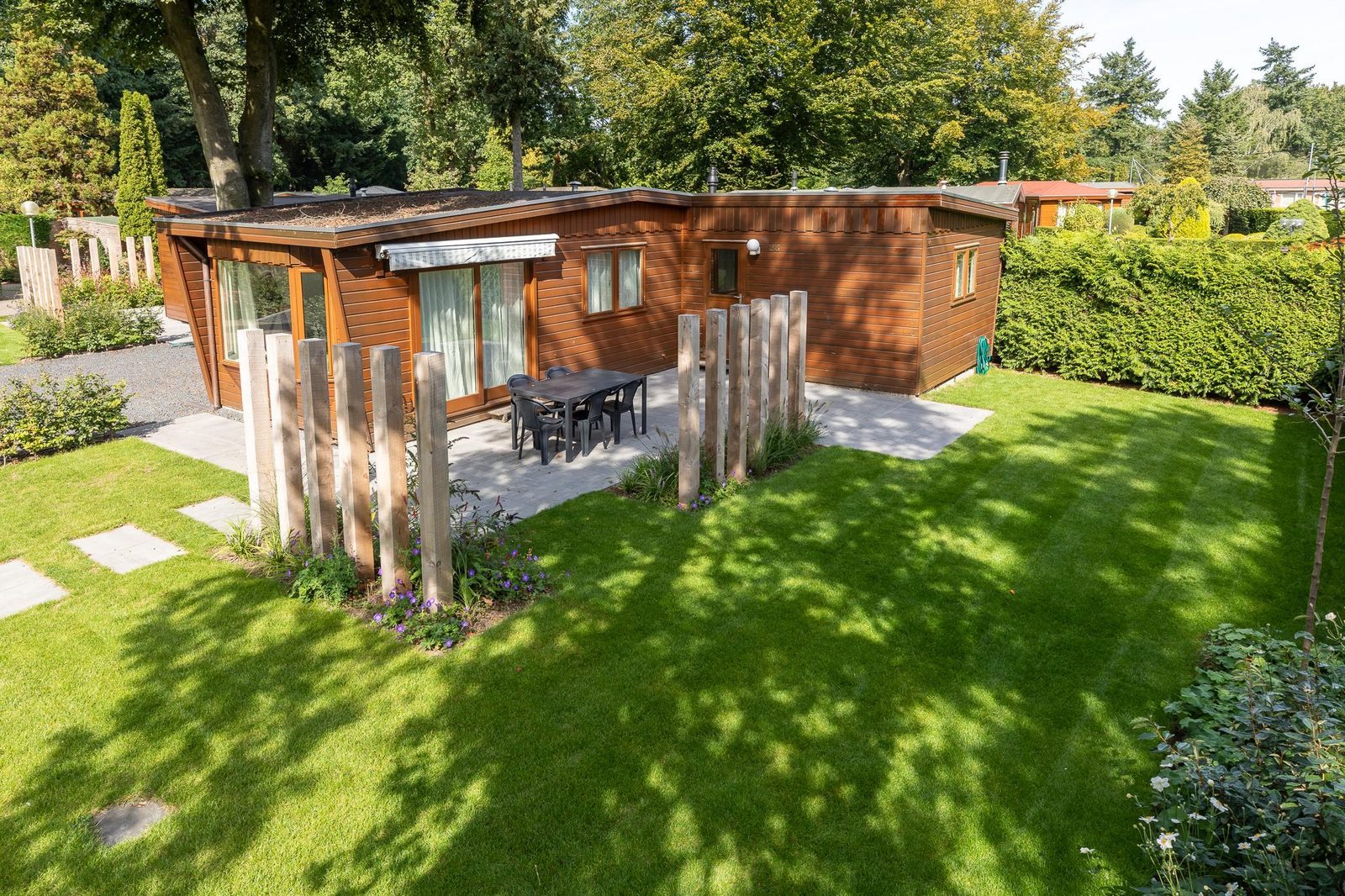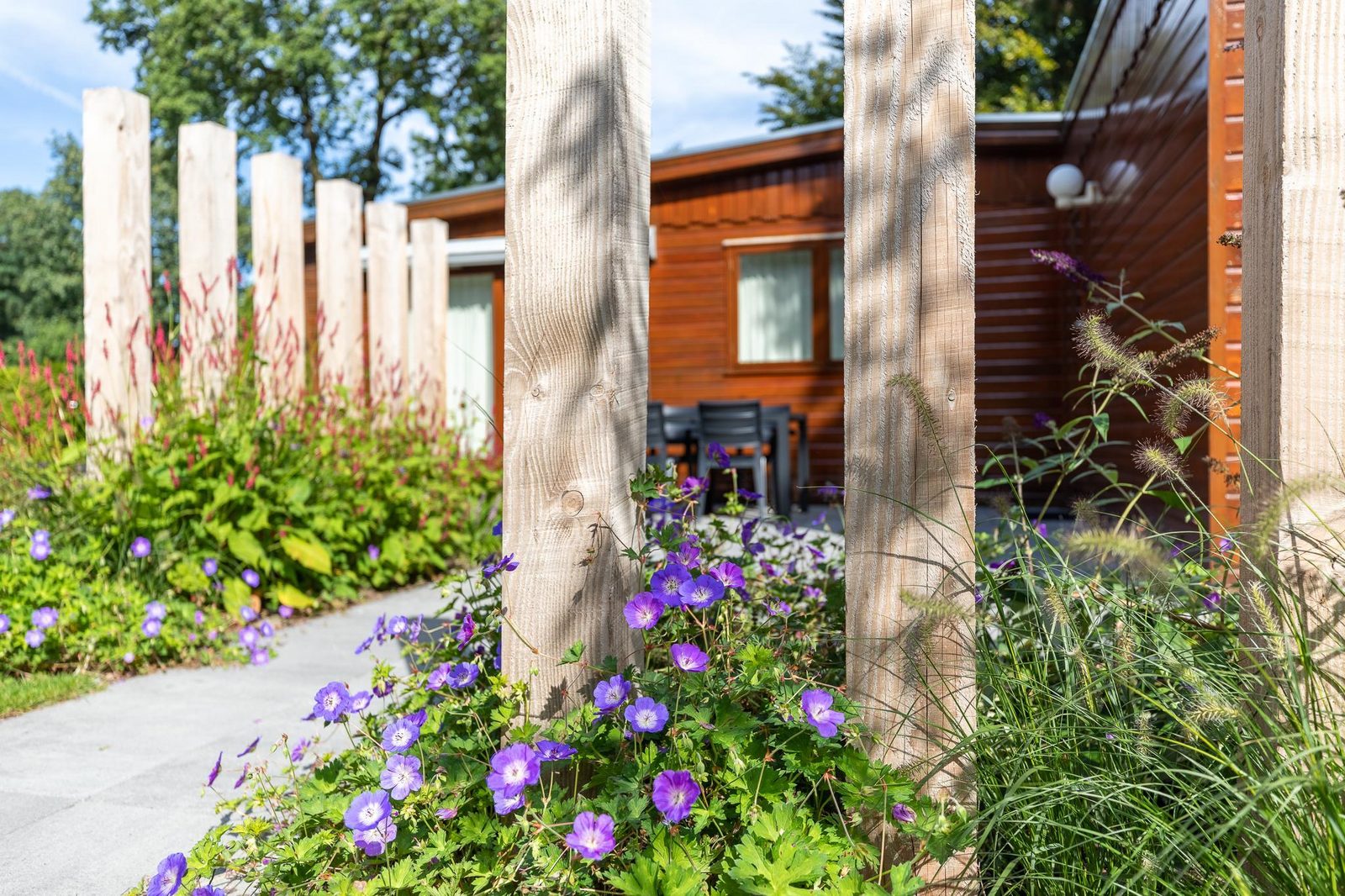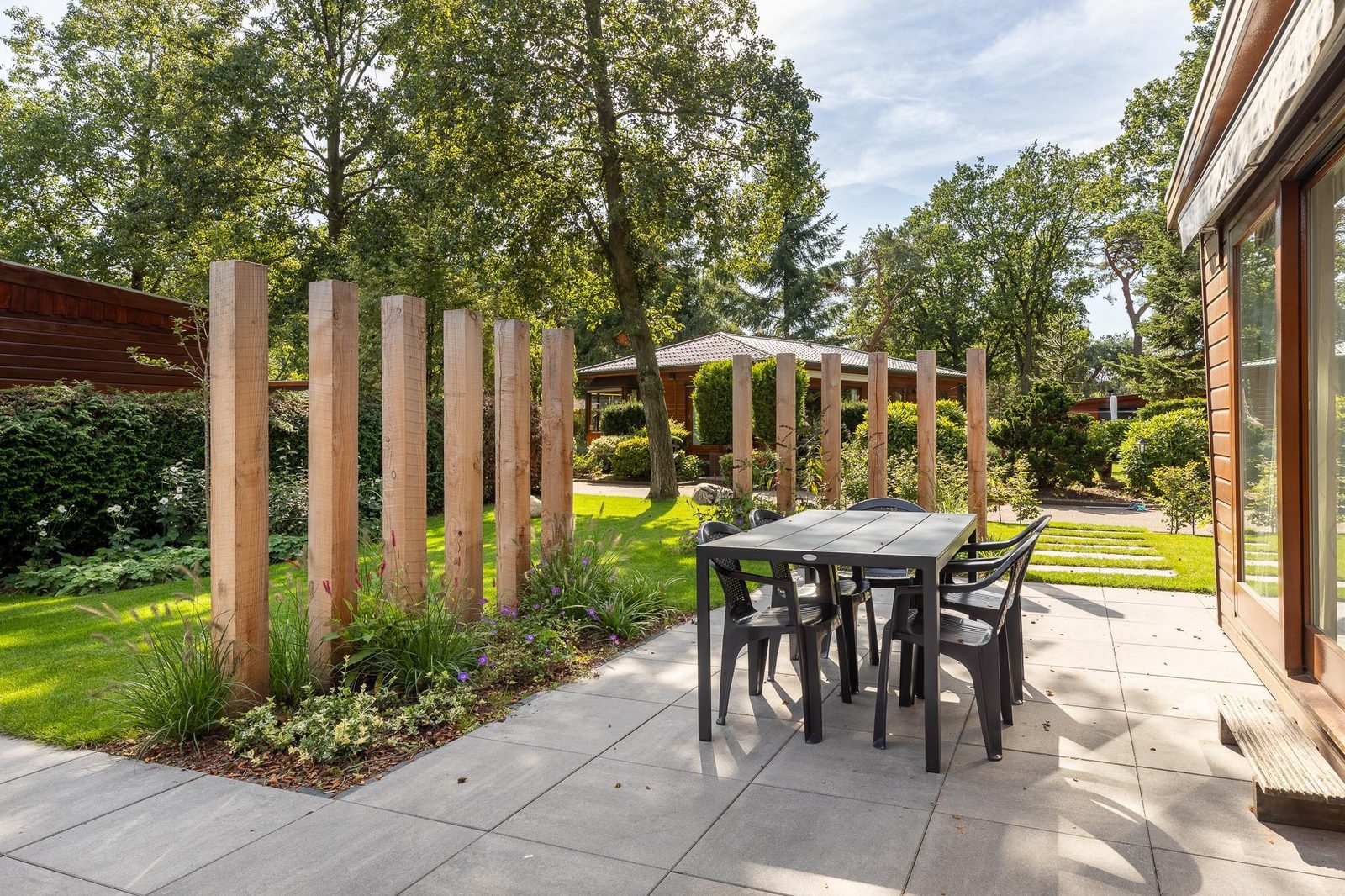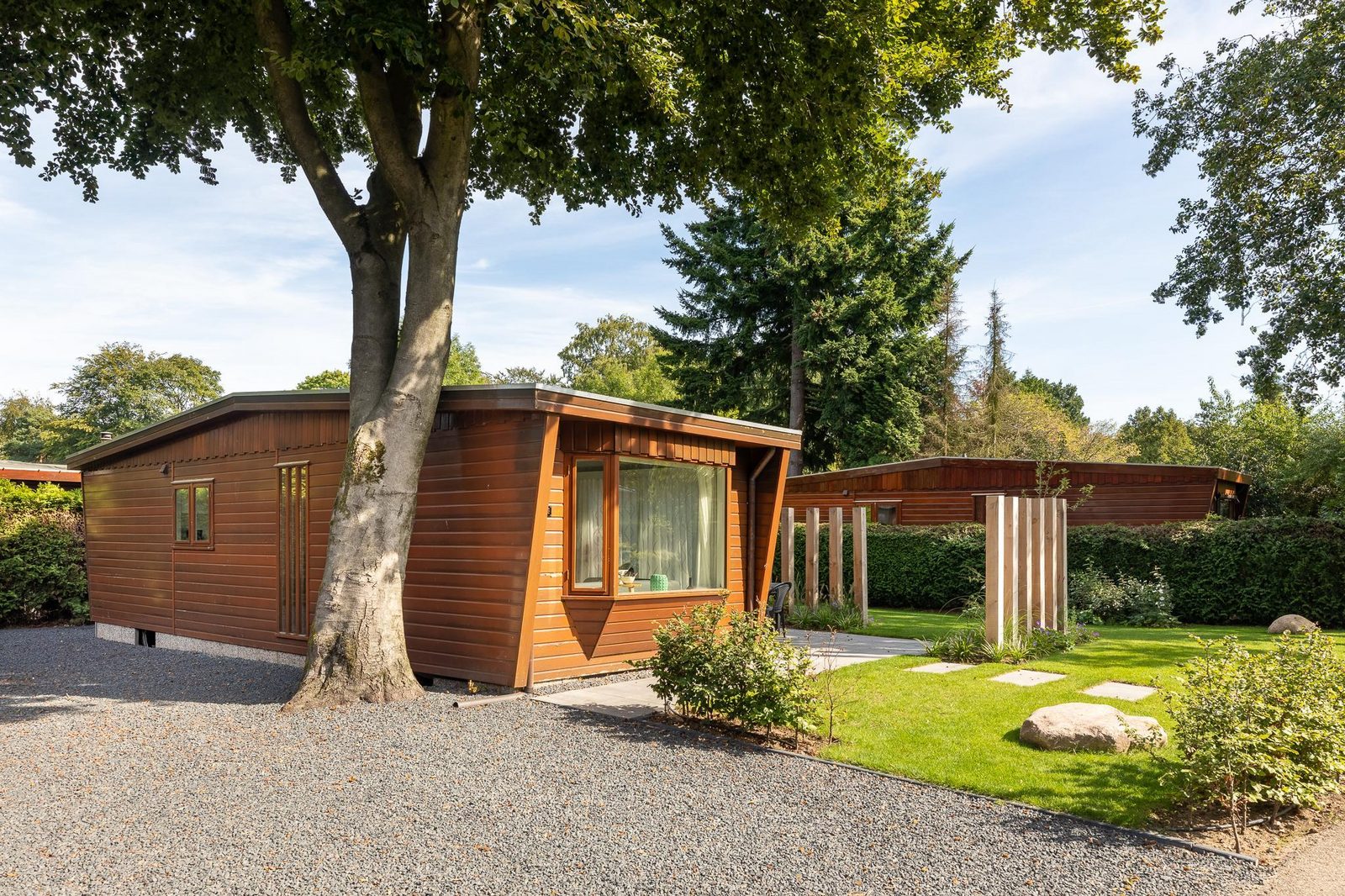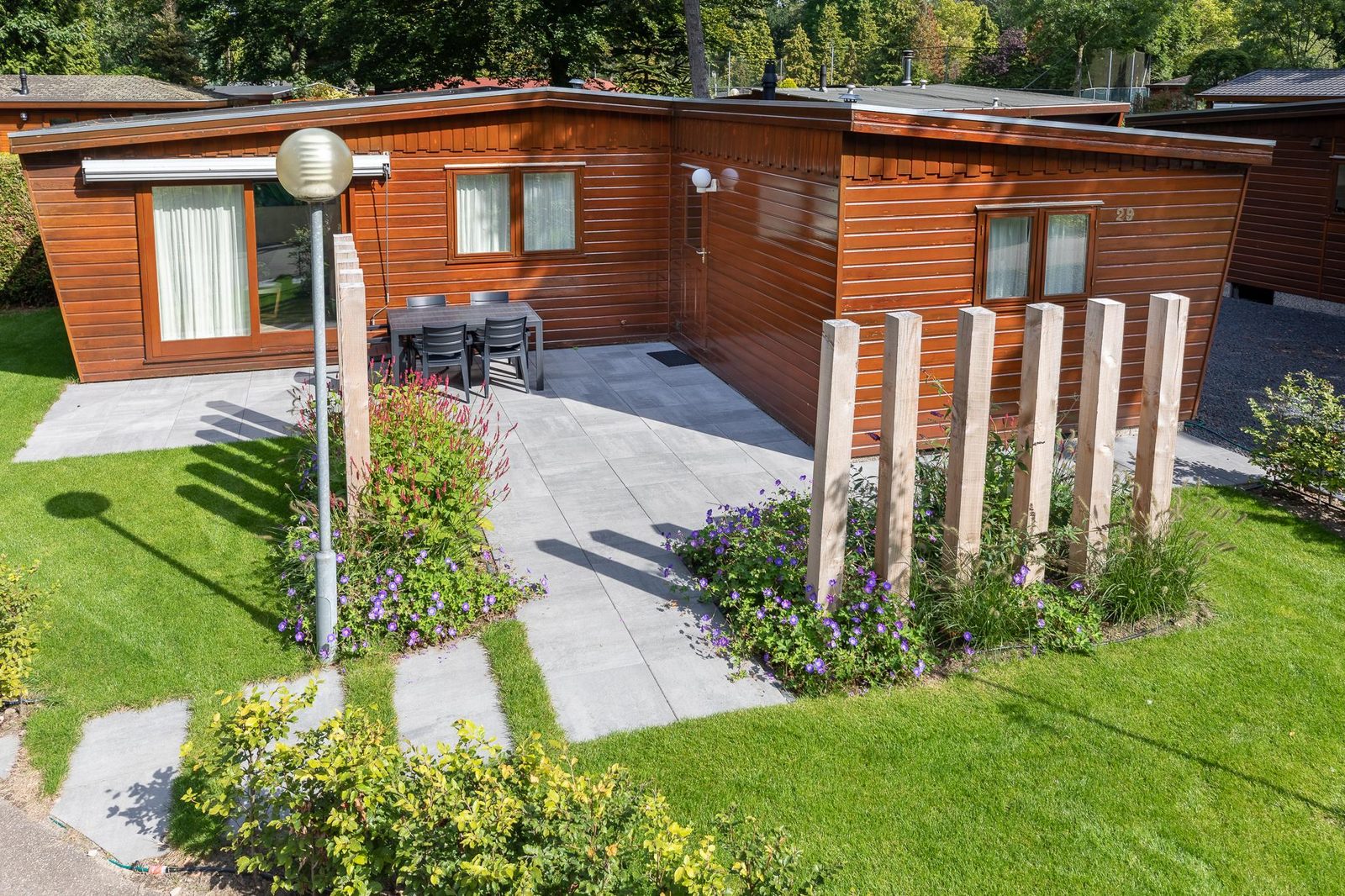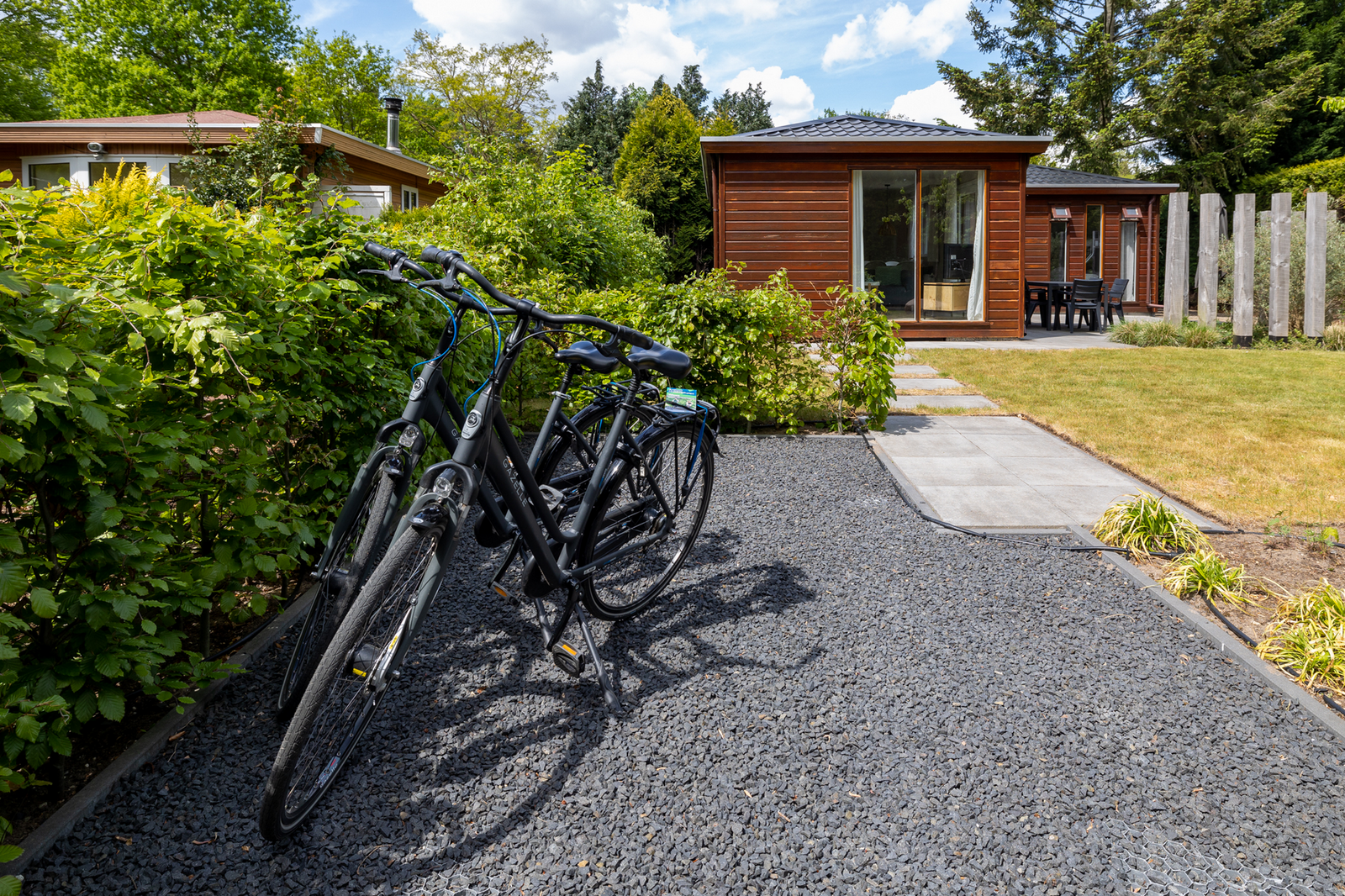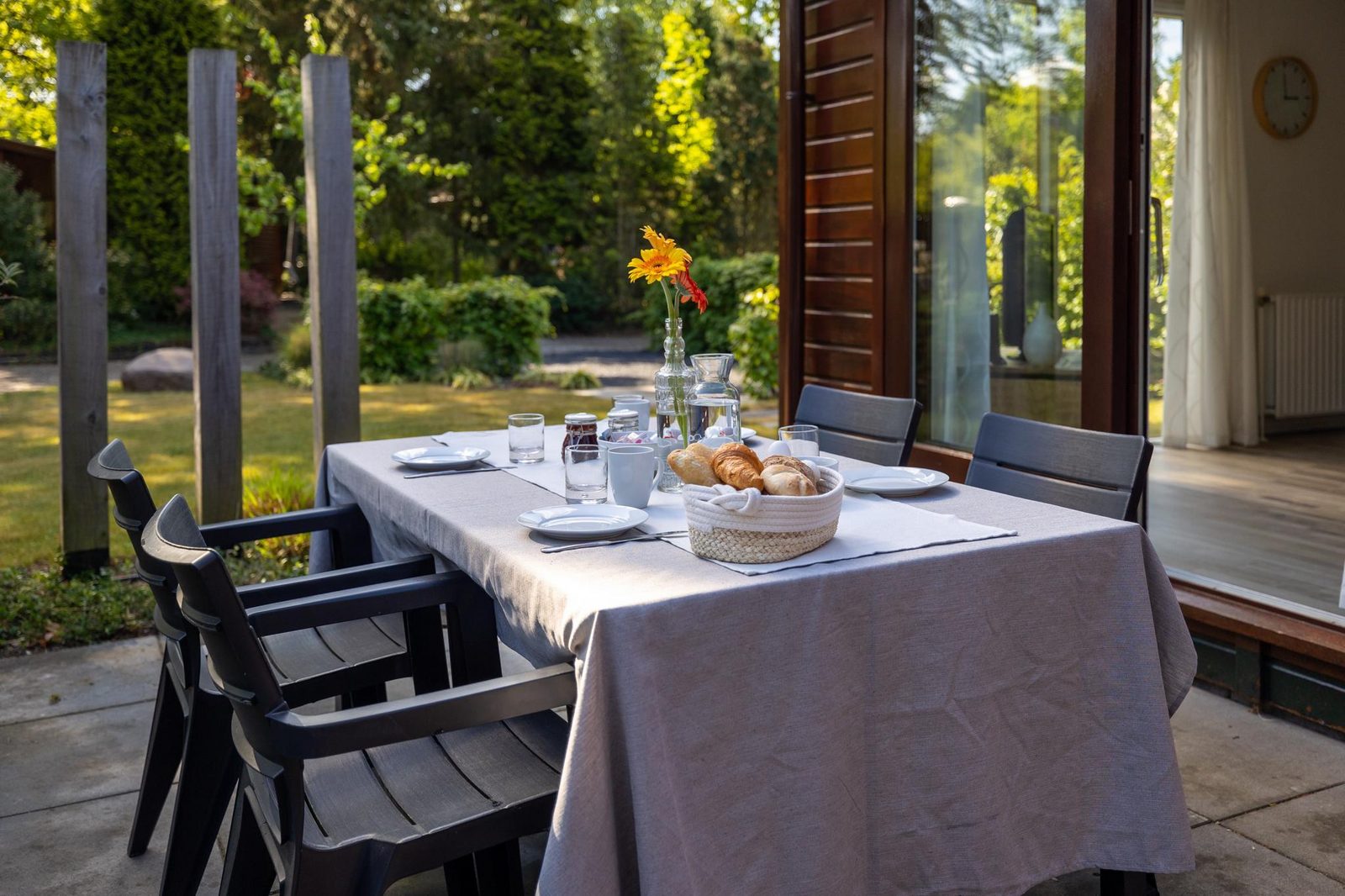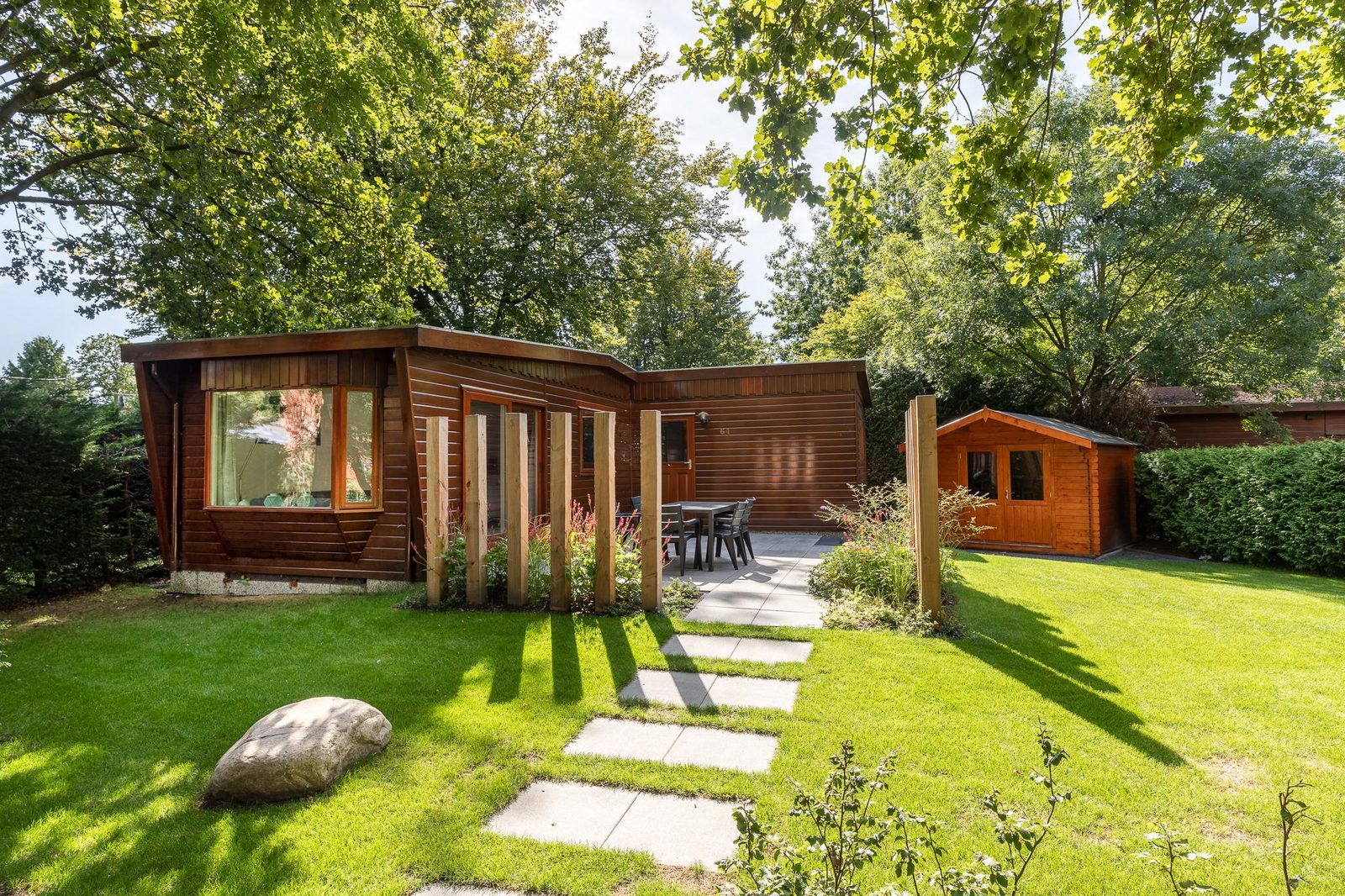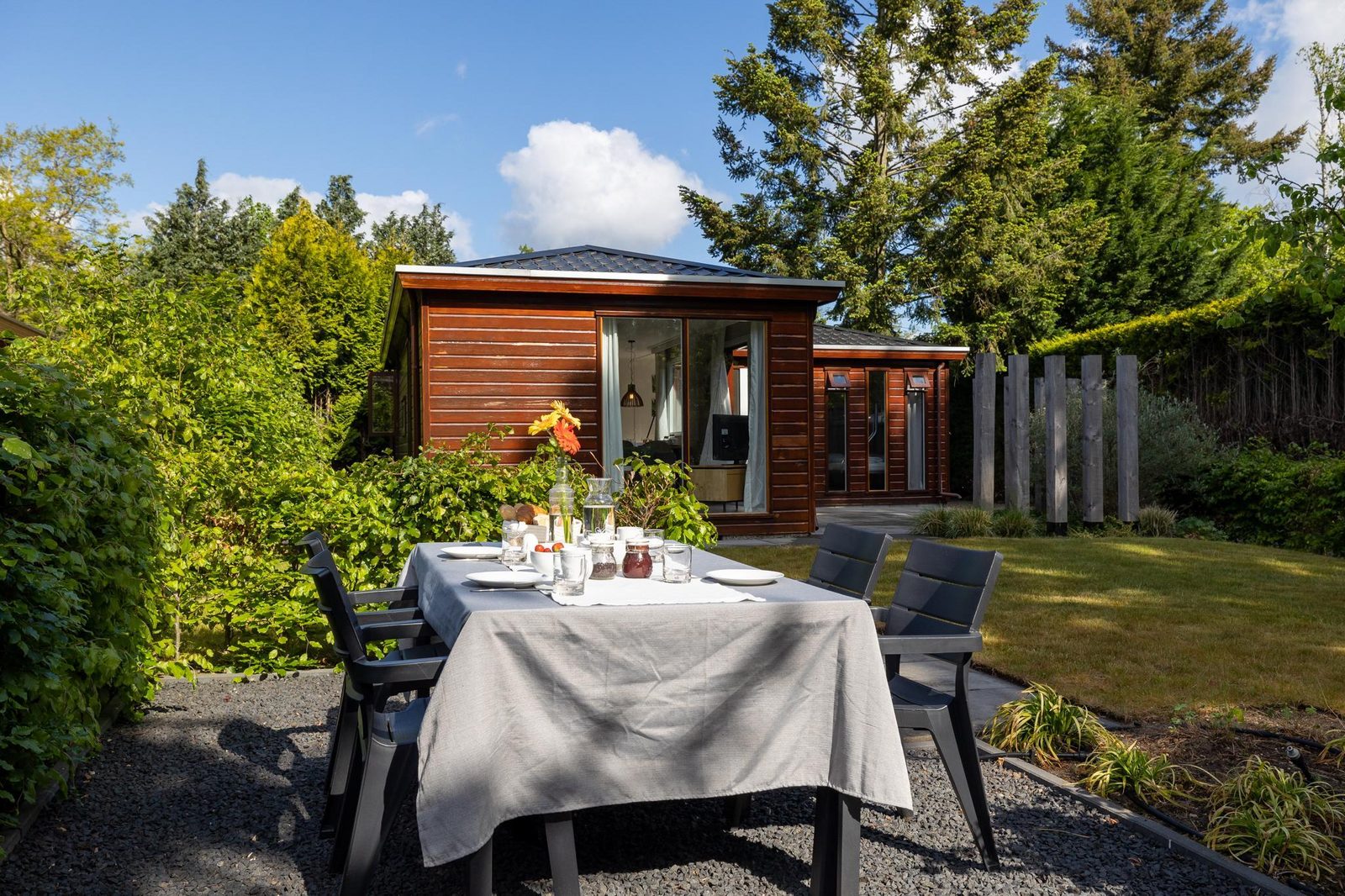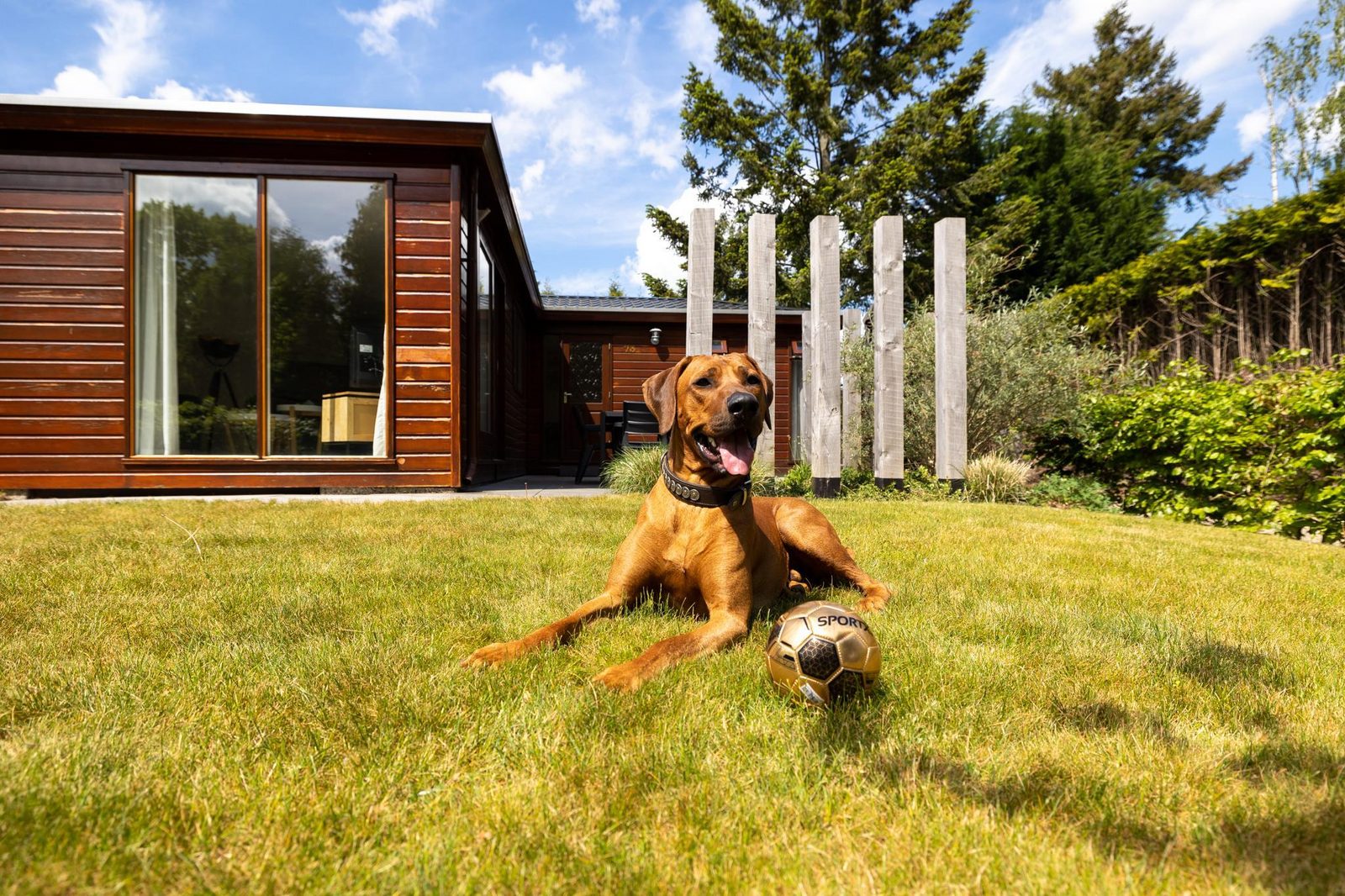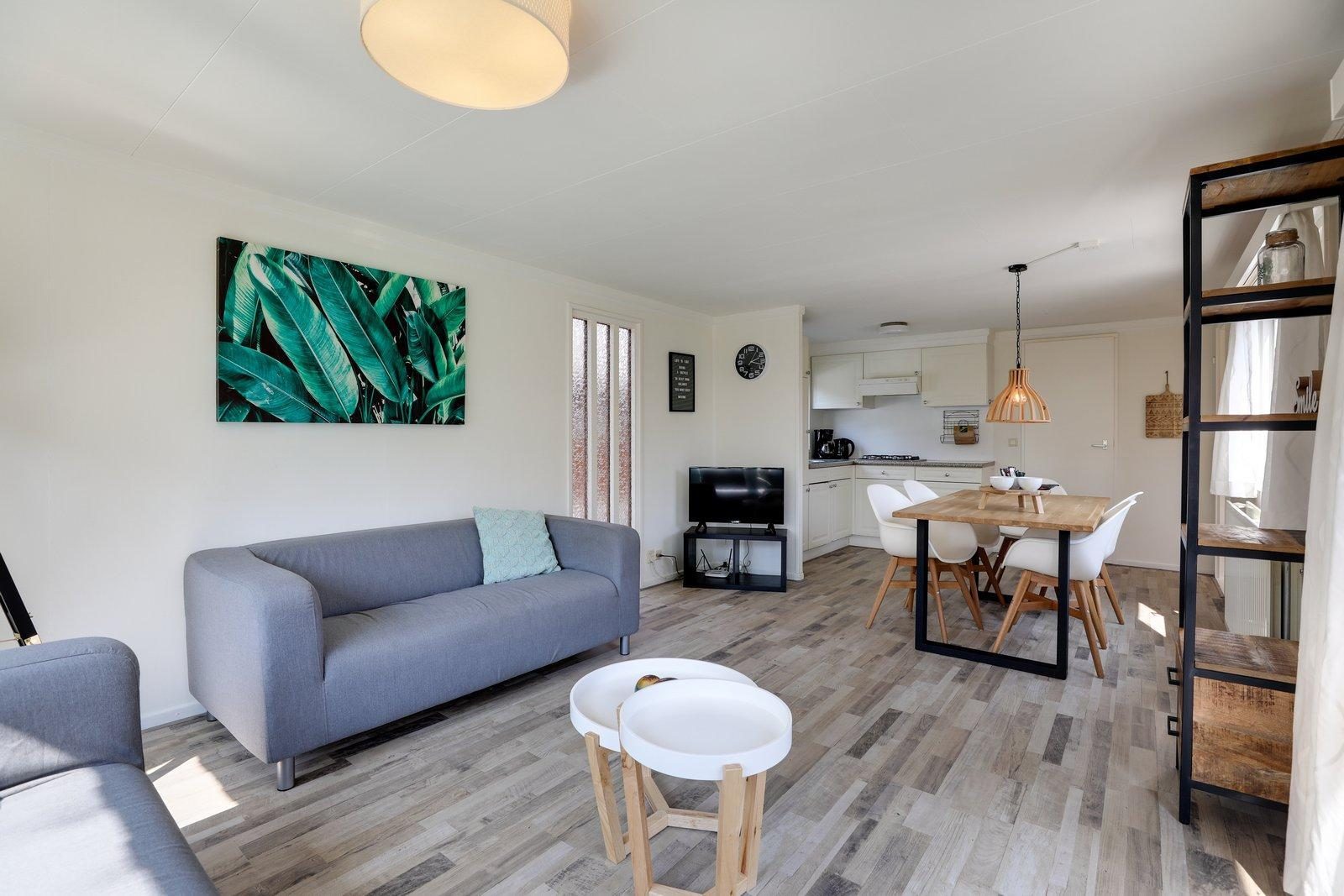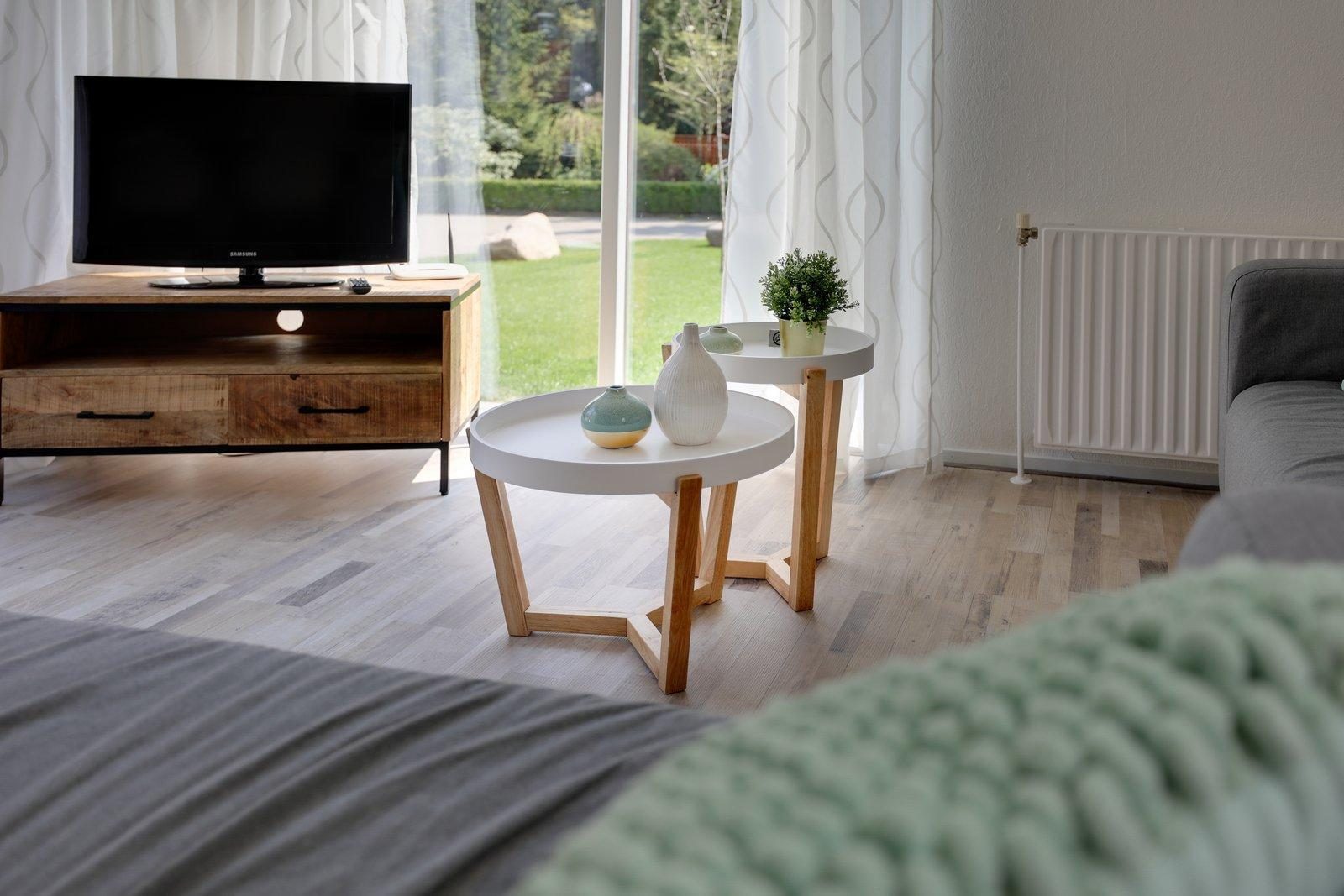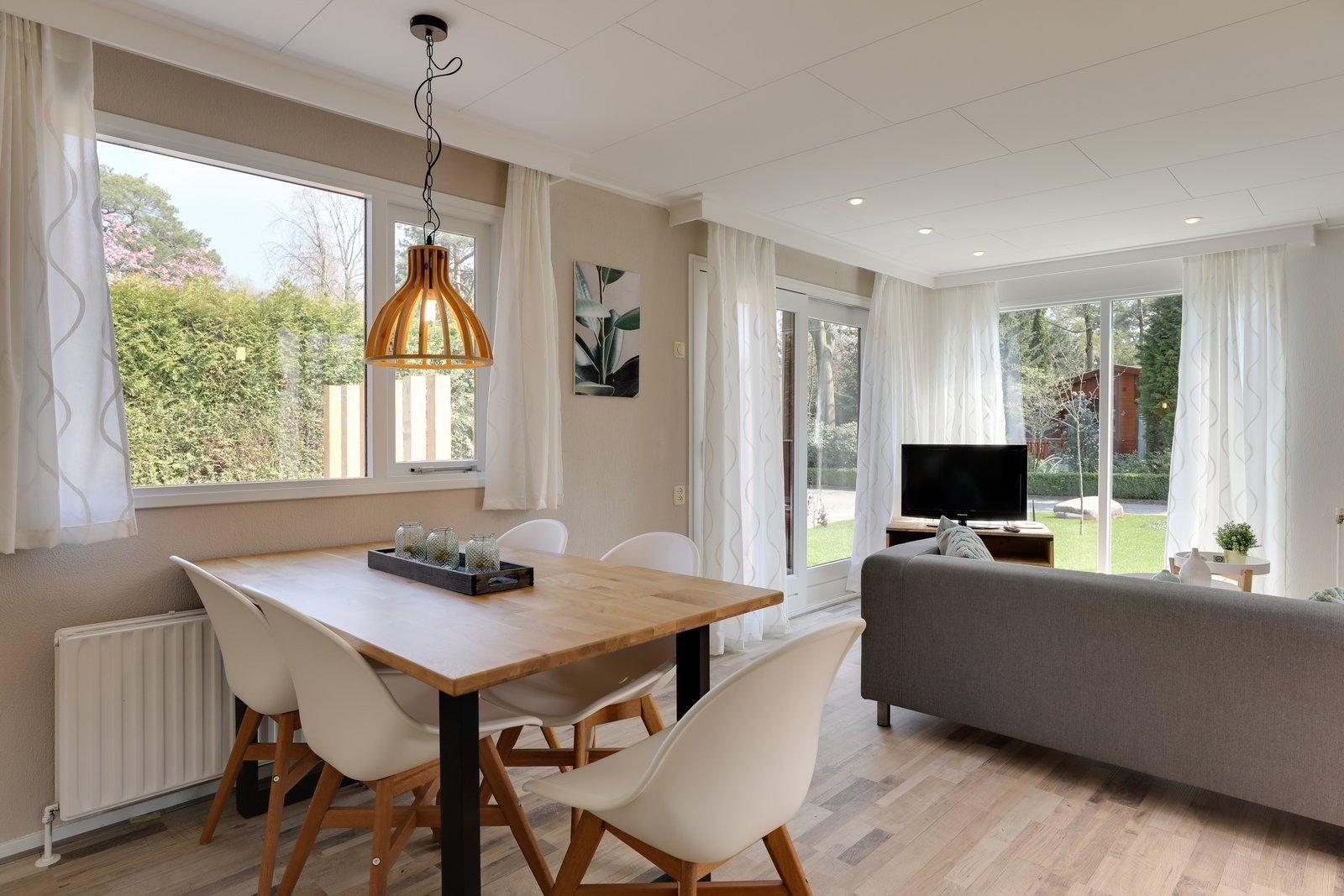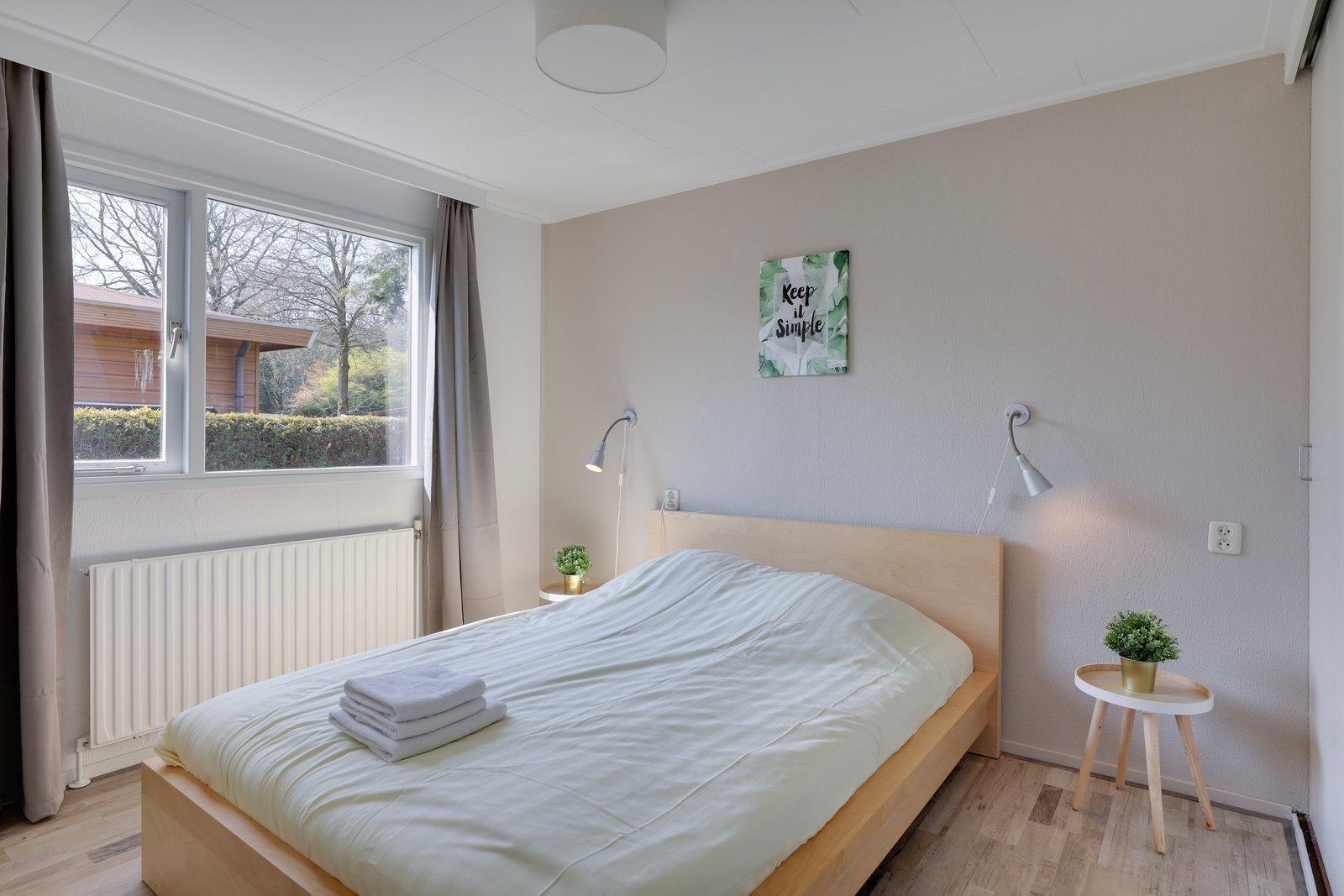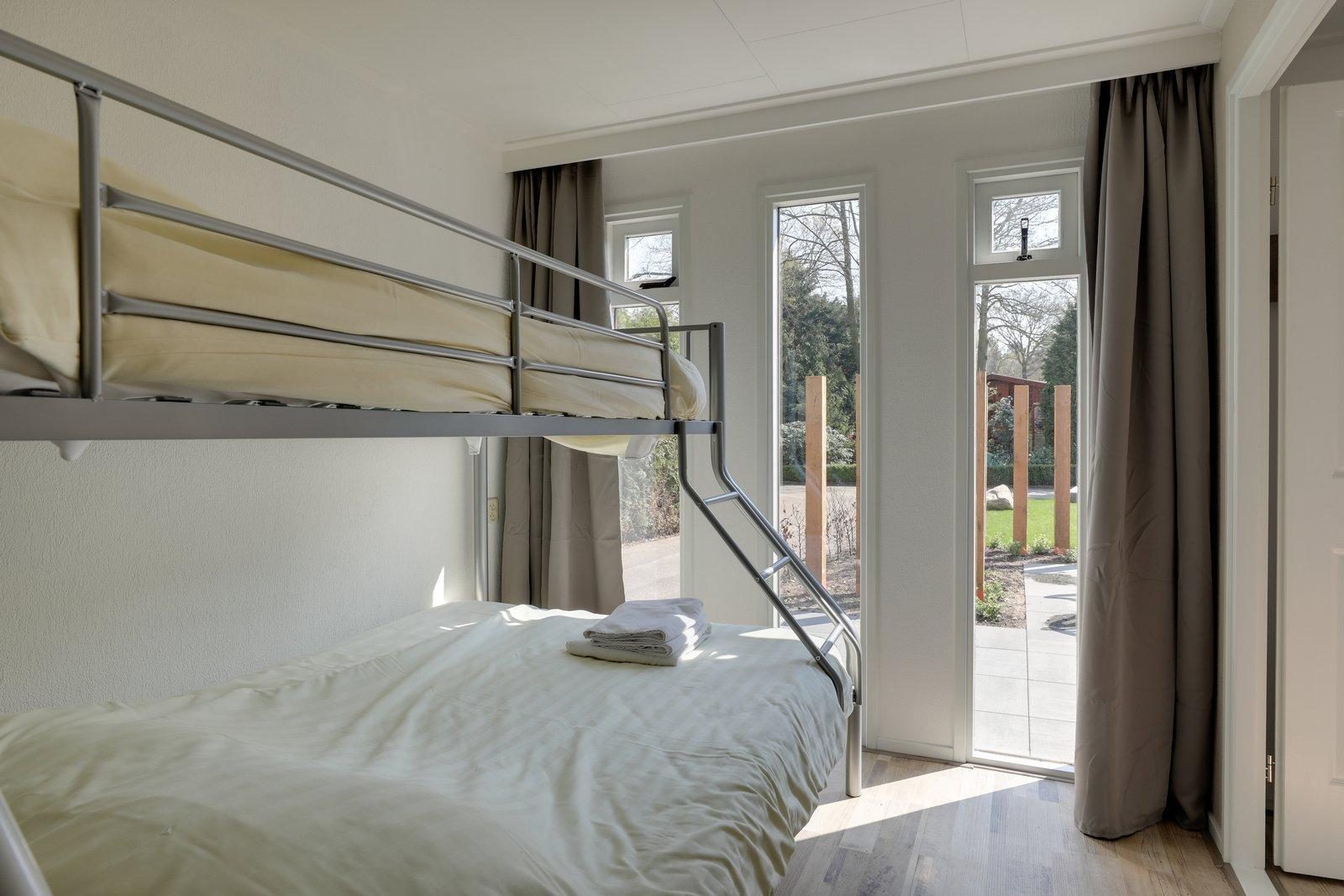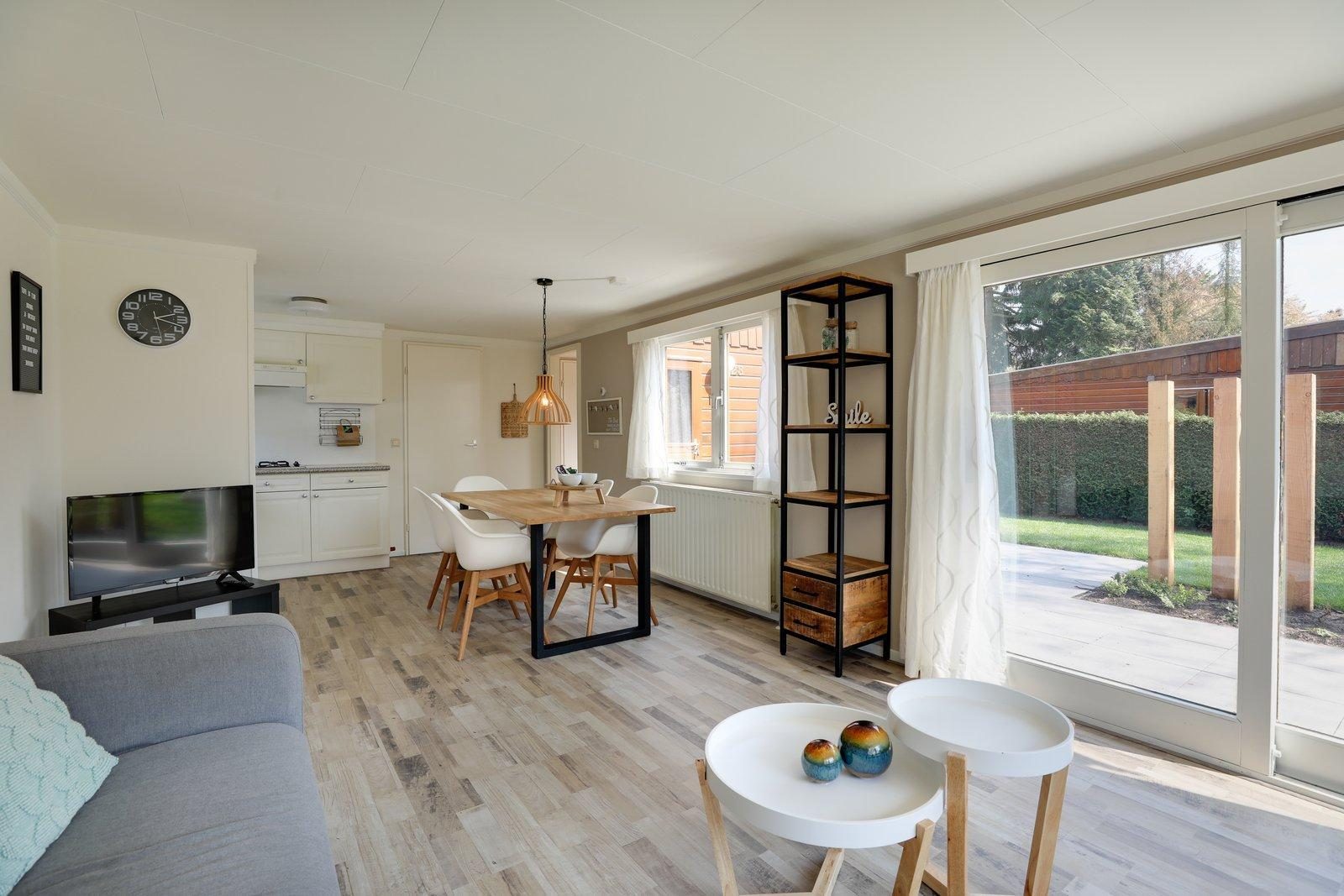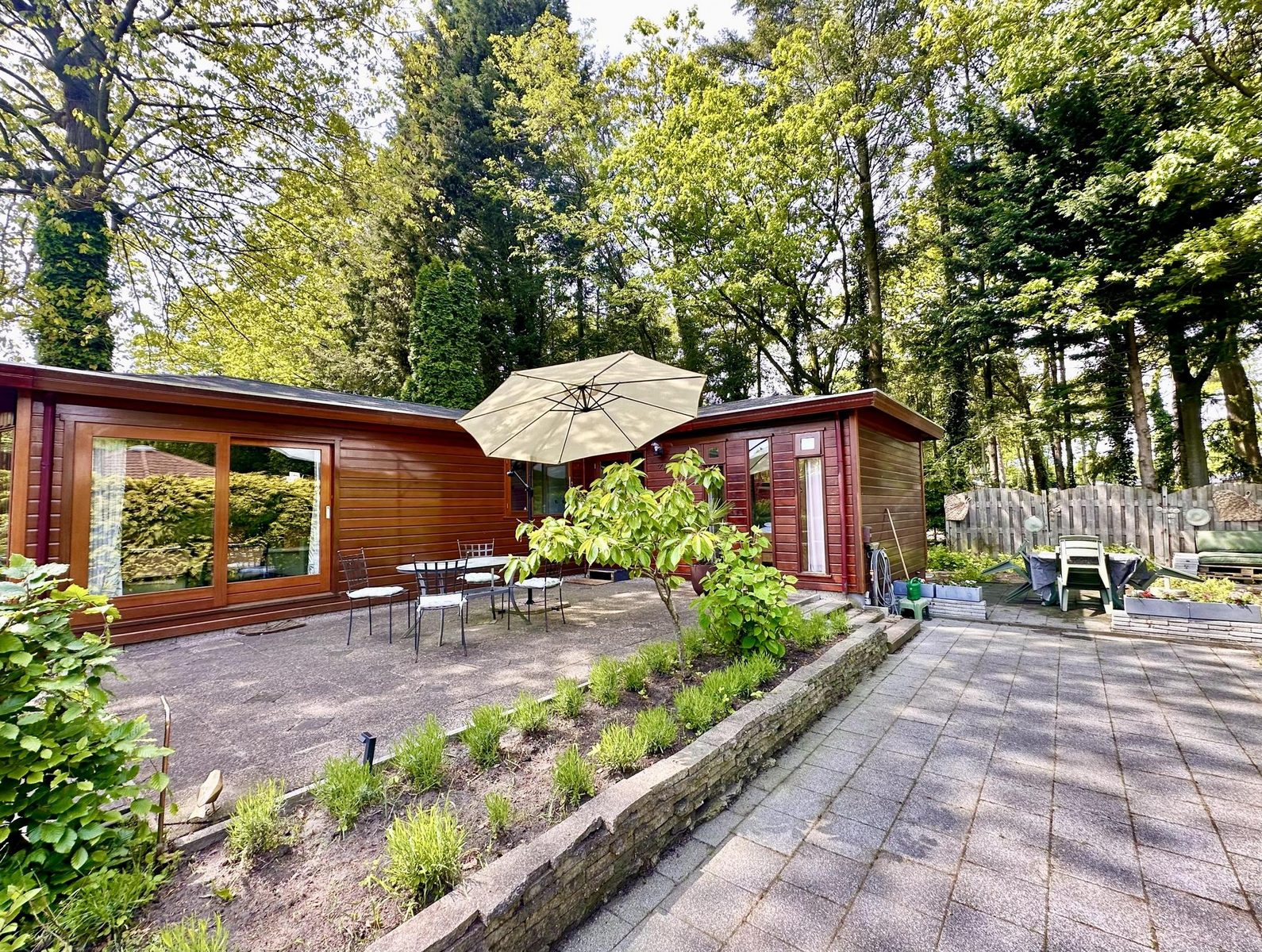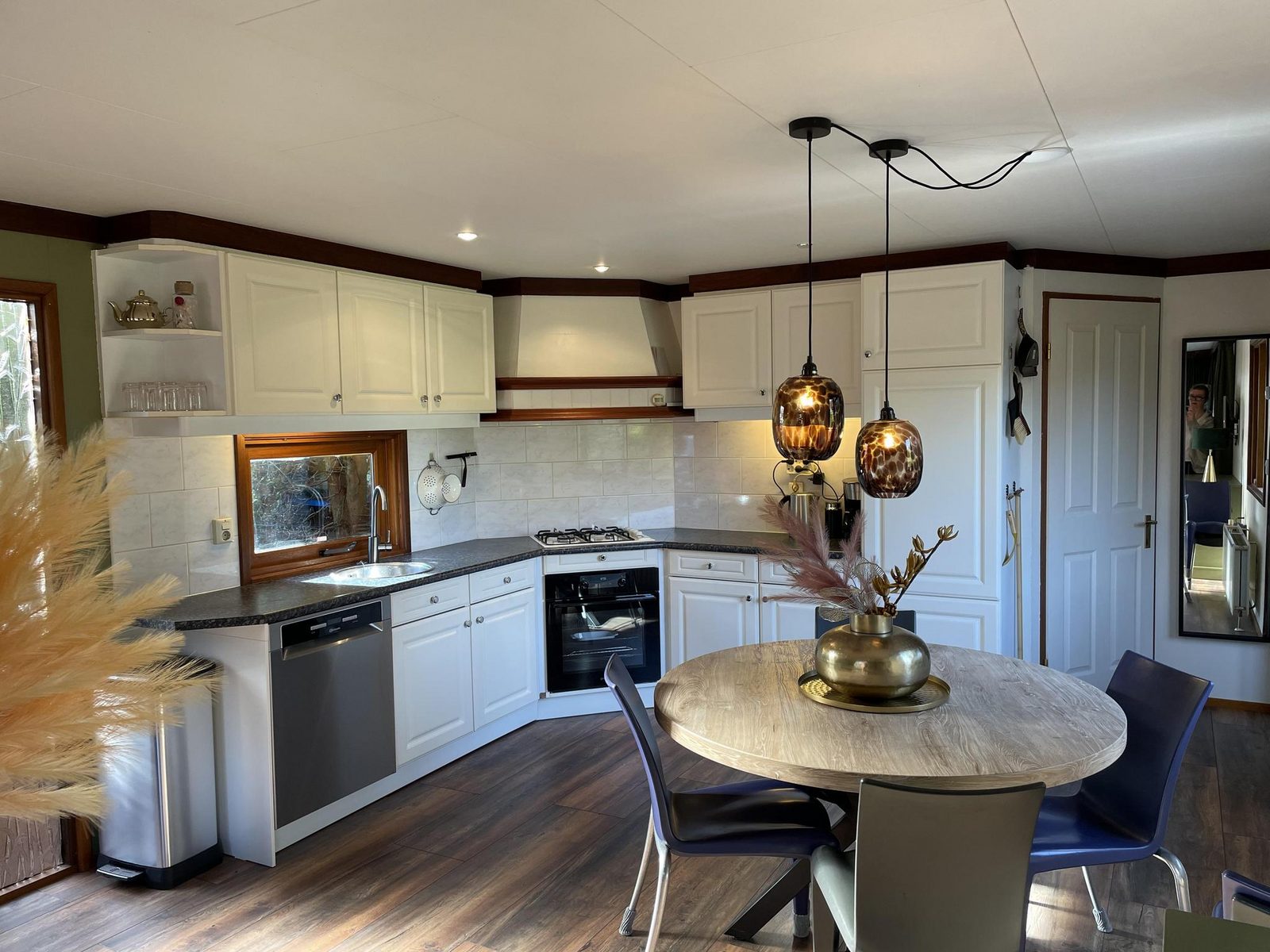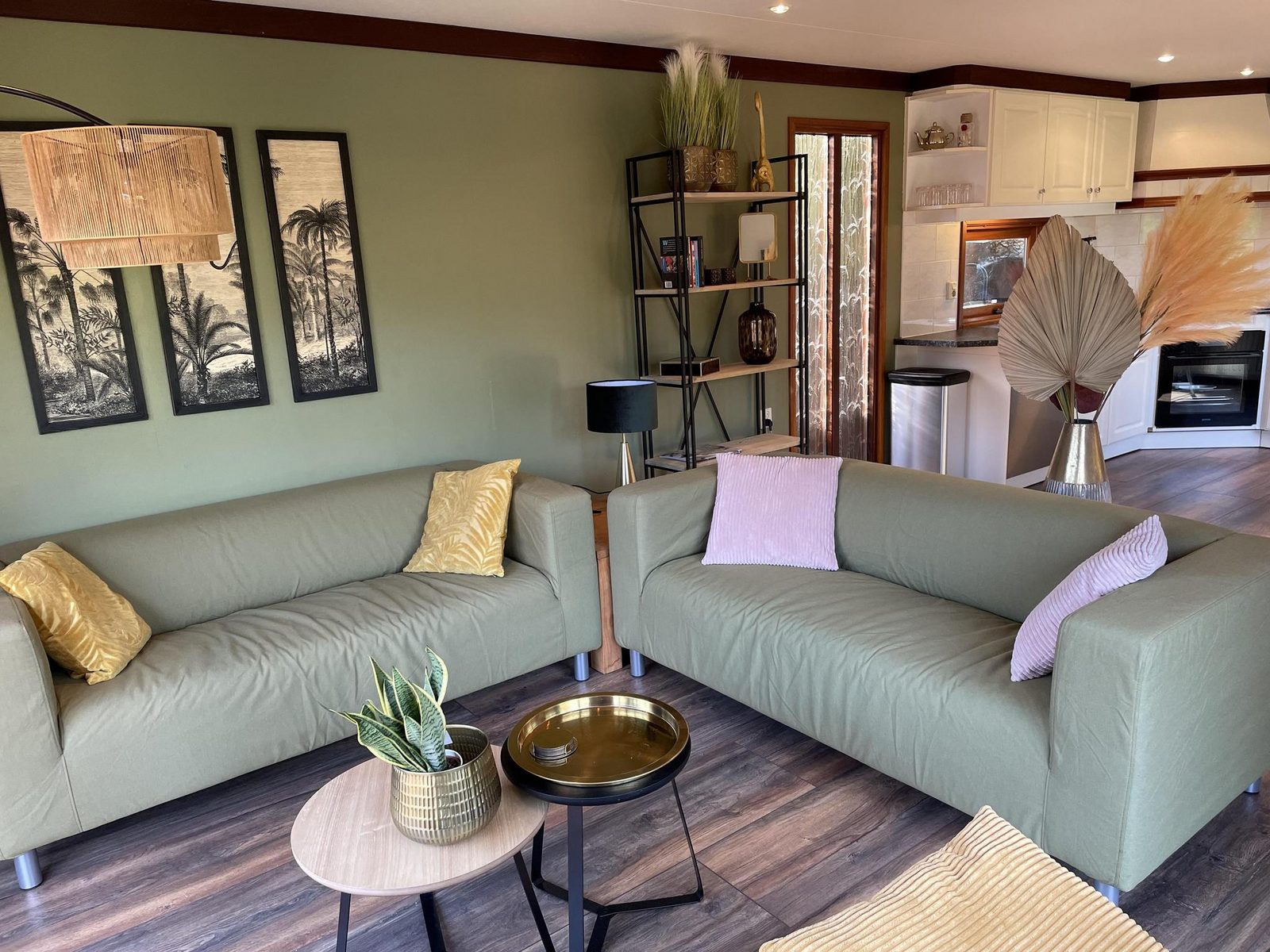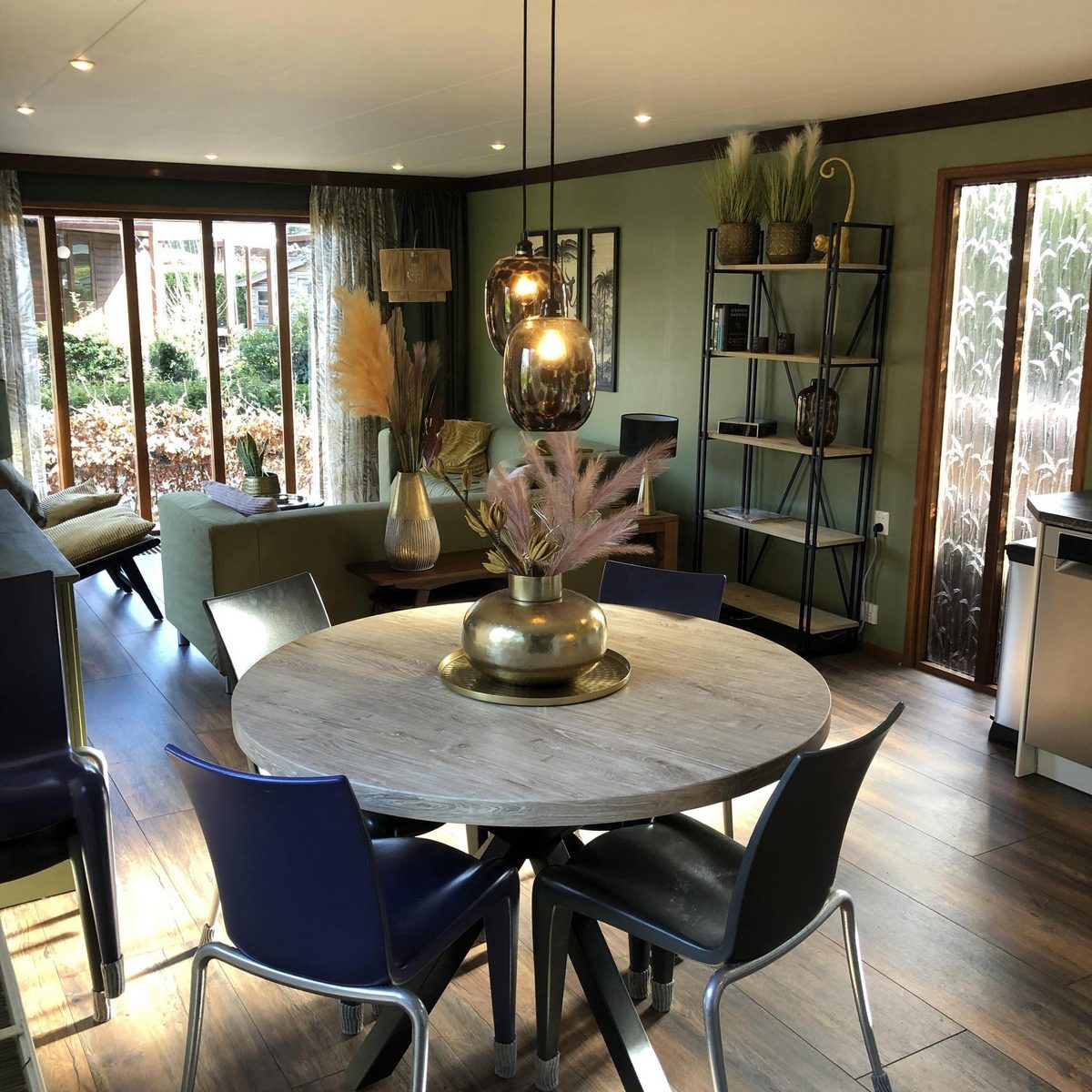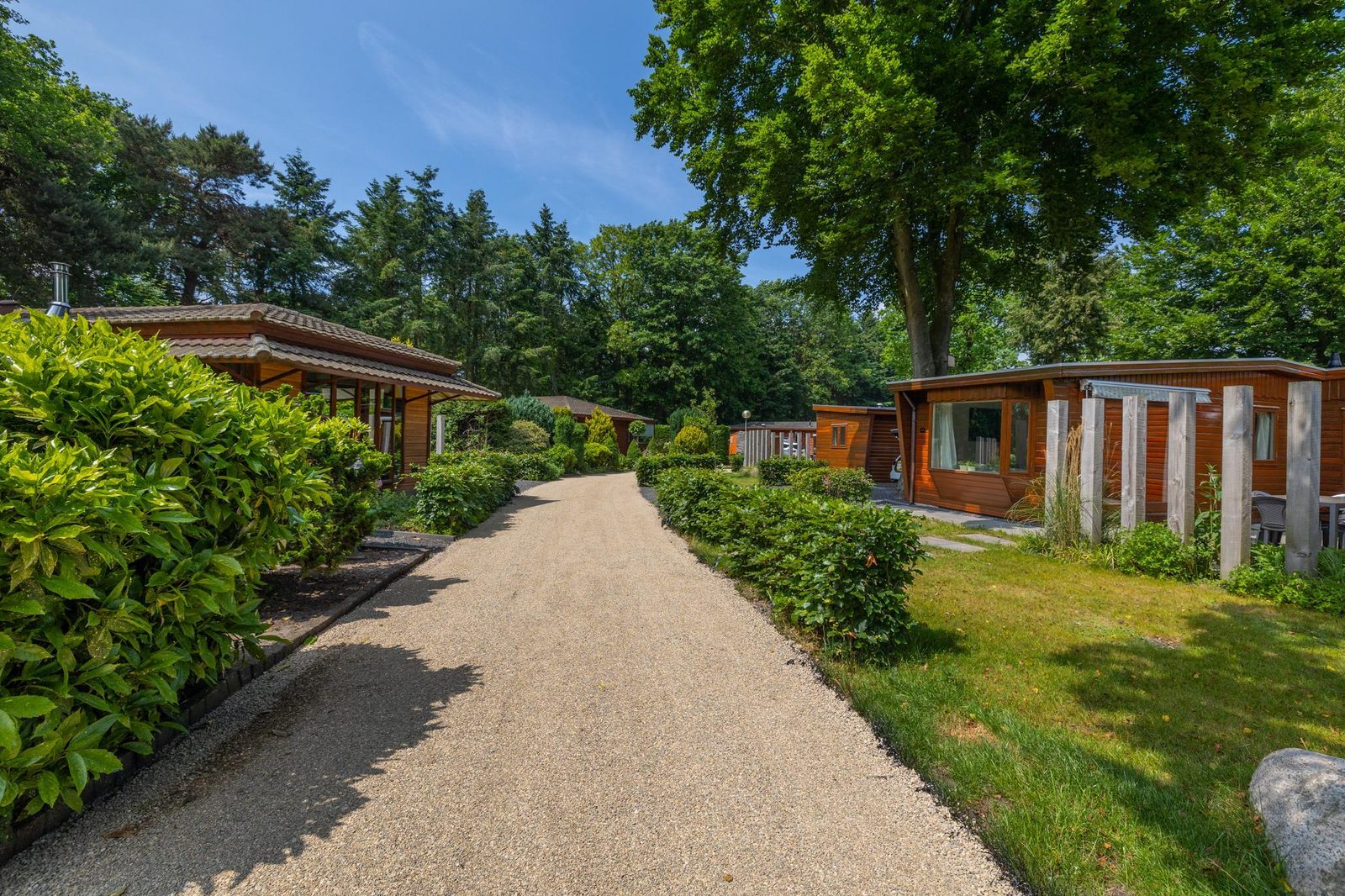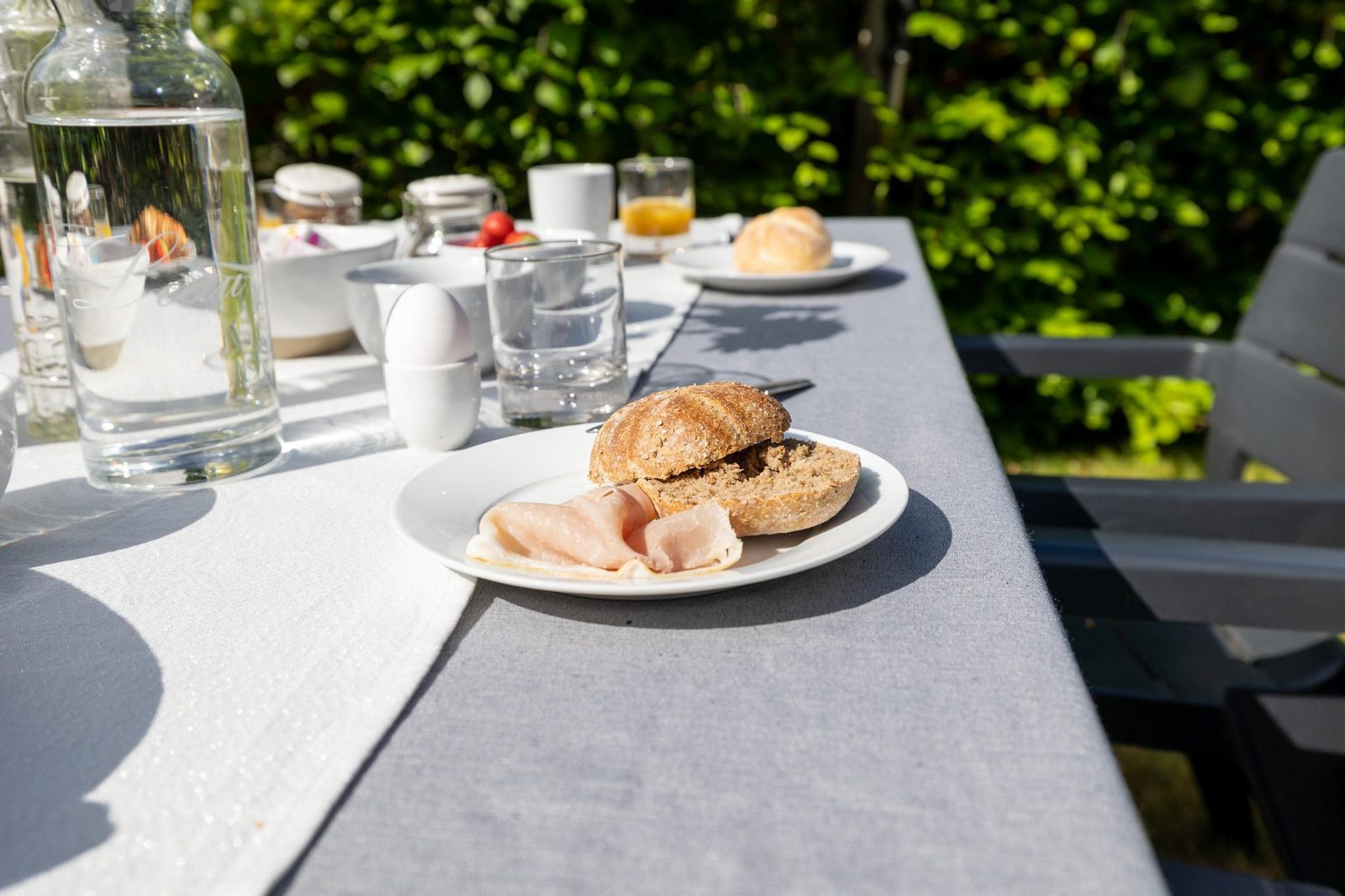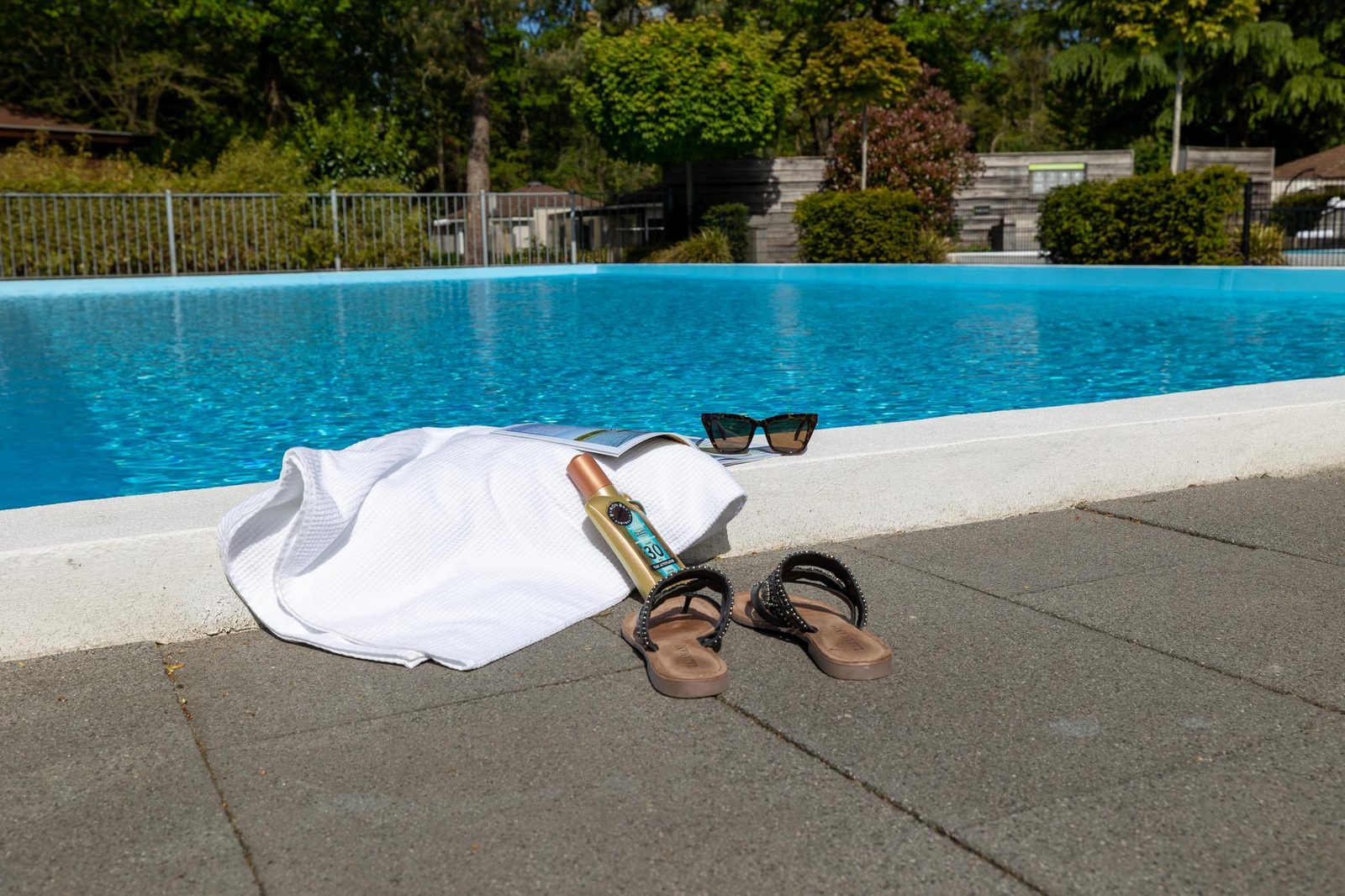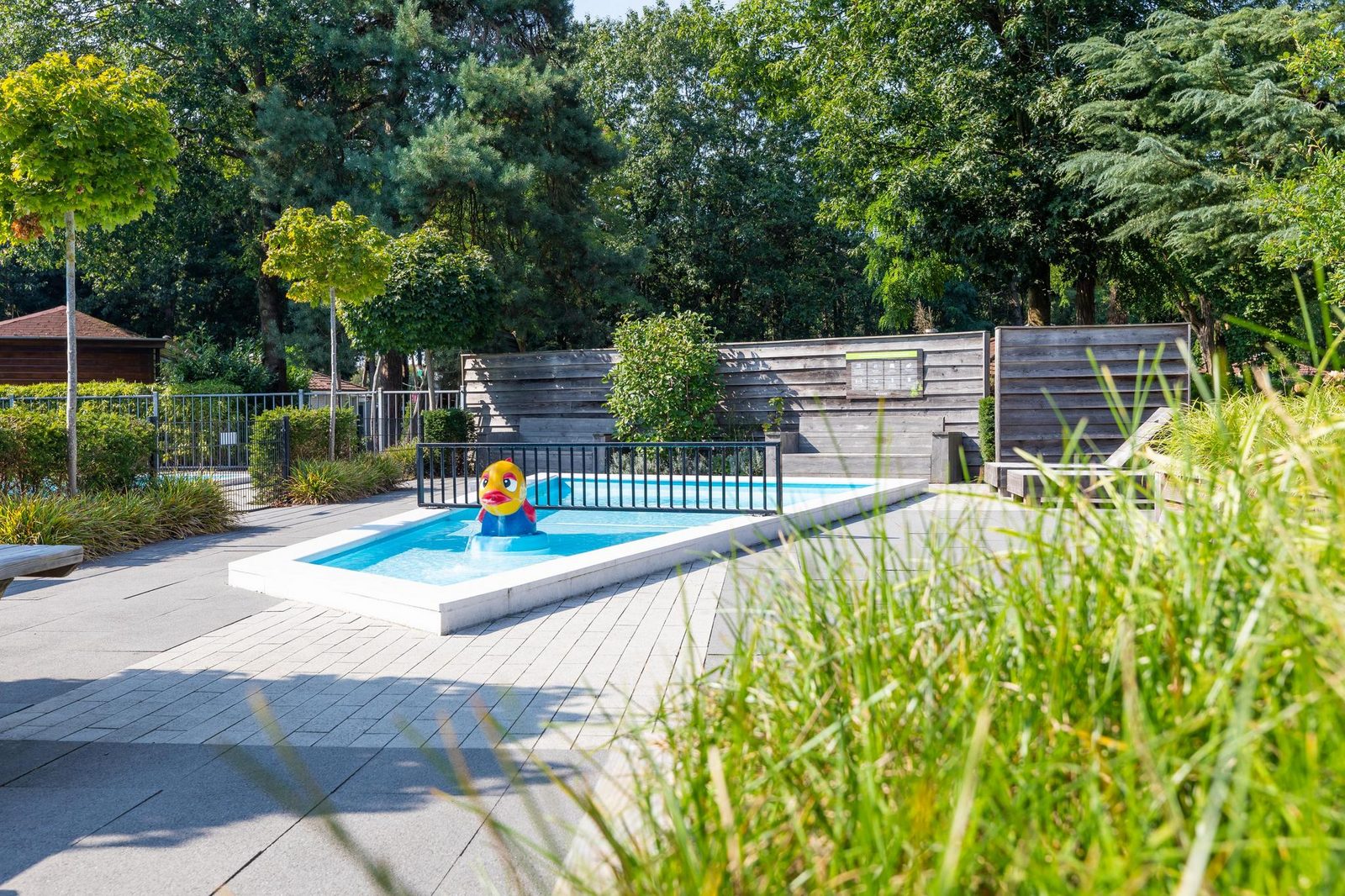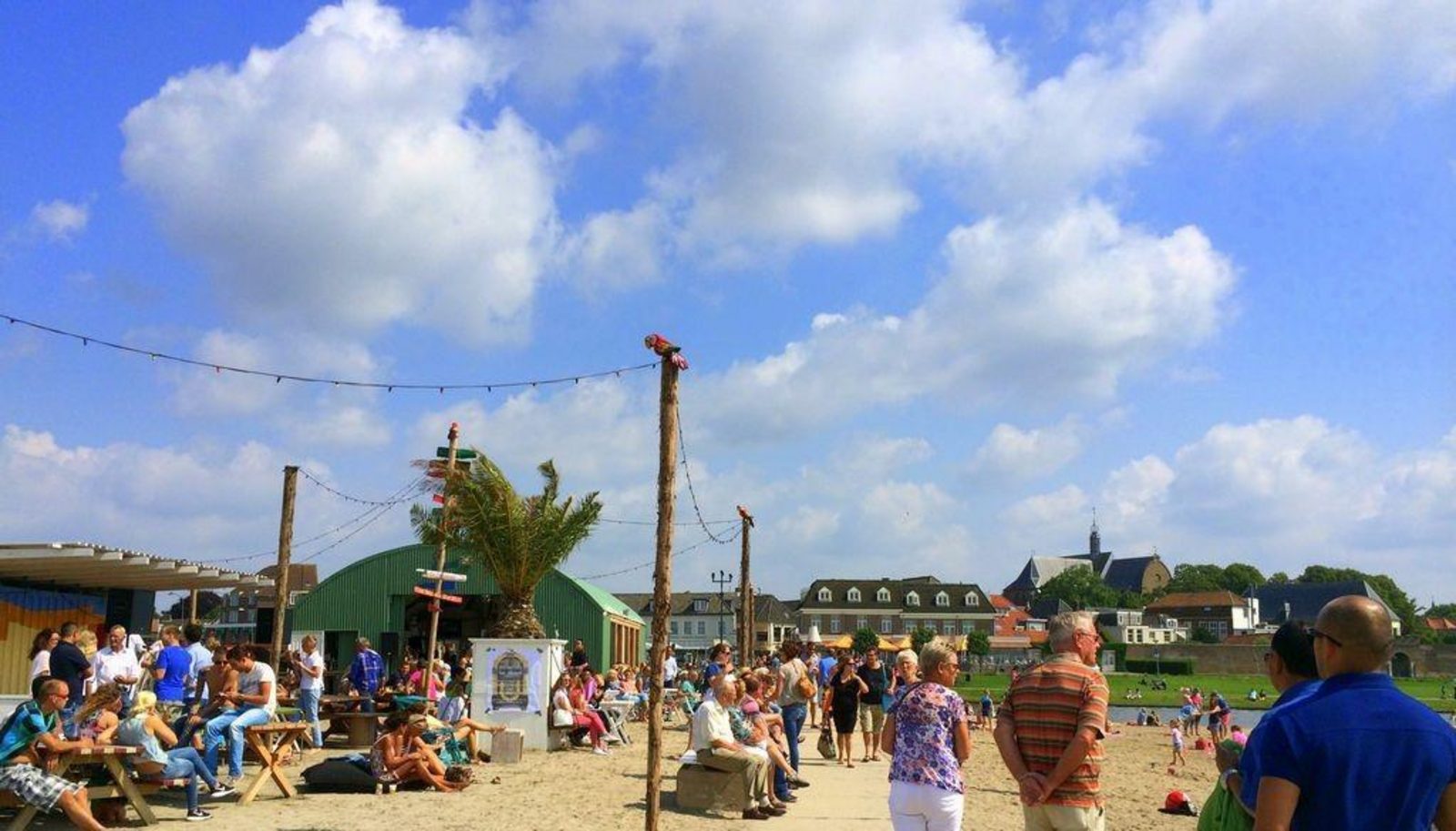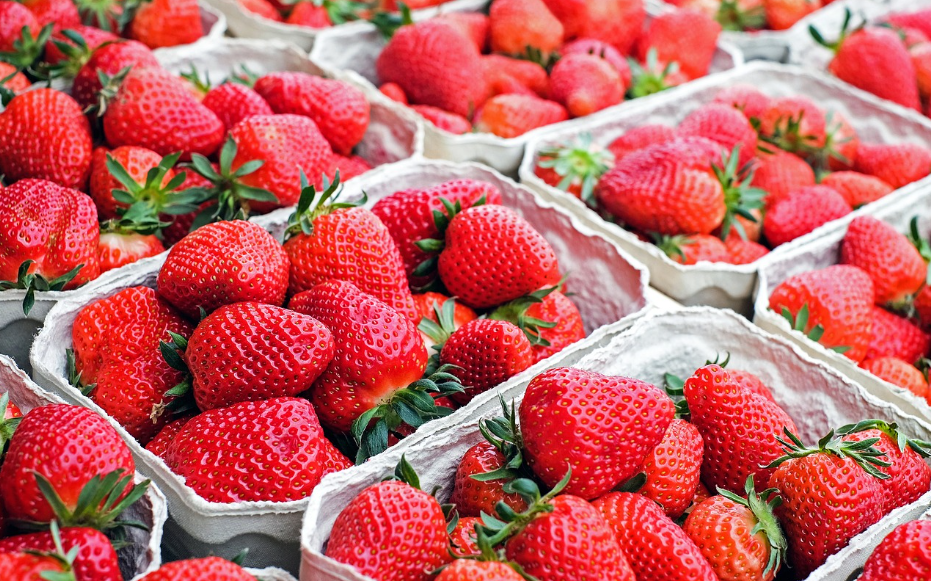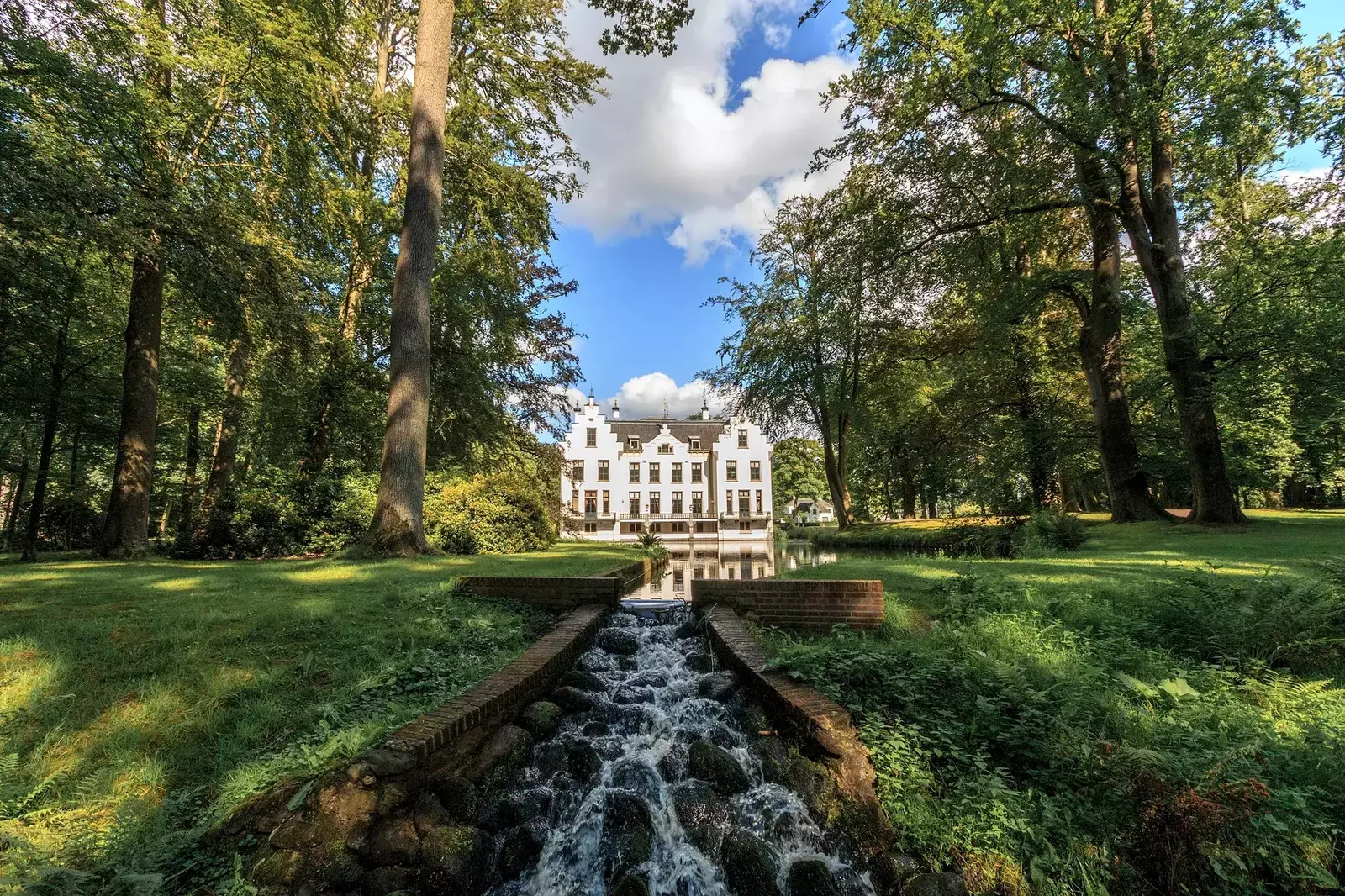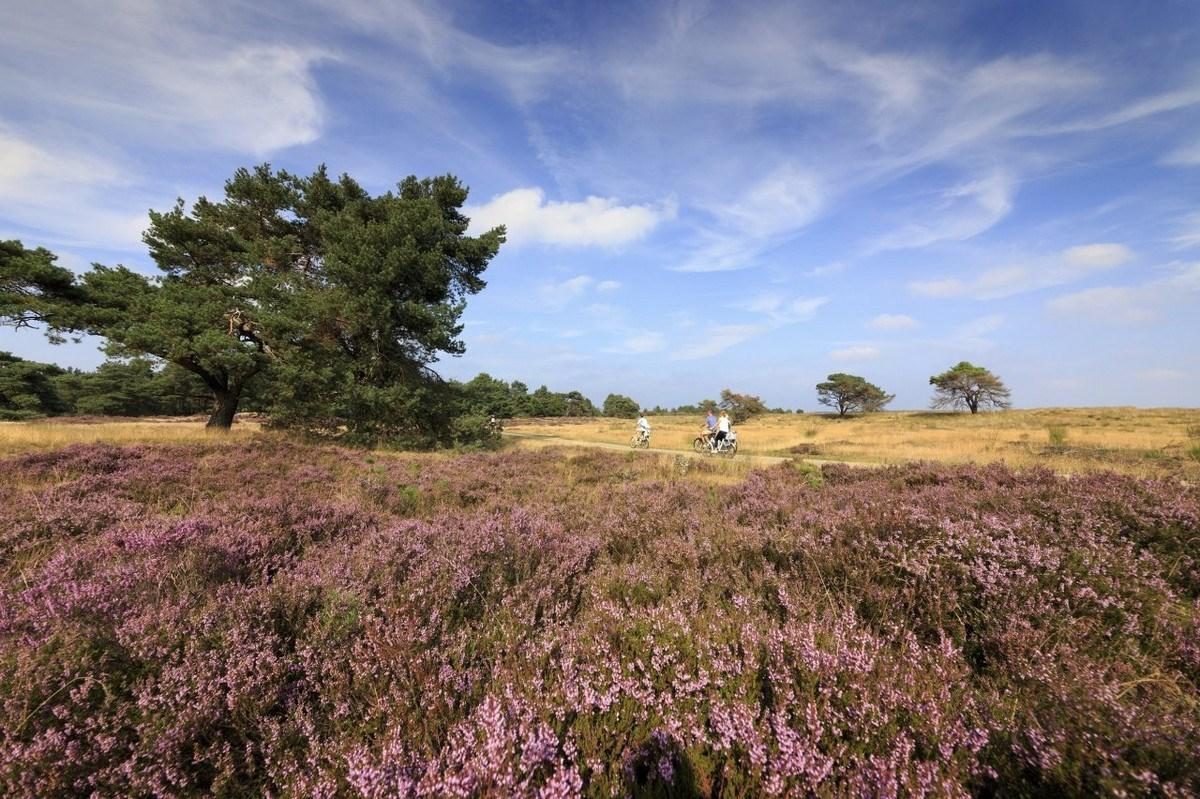
¿Sabe cómo se formó el Veluwe?
- Home
- ¿Sabe cómo se formó el Veluwe?
¿Sabes cómo se formó la Veluwe??
Cuando piensas en la Veluwe, seguramente imaginas los hermosos bosques, páramos y dunas de arena, es decir, la naturaleza. Pero, ¿cómo se formó realmente esta naturaleza? A continuación, te lo explicamos todo.
La penúltima glaciación (Salino)
La historia de la Veluwe comienza hace unos 160 mil años, en la penúltima glaciación, también conocida como el Salino. En ese momento, el hielo continental avanzó tan al sur que cubrió la mitad de los Países Bajos. Al norte de la línea Haarlem - Utrecht - Nijmegen, el mundo era blanco. Esta frontera no era una línea recta. Varias lenguas glaciares se extendían hacia el sur. Su peso era tan grande que empujaron el suelo sobre el que se encontraban hacia los bordes, formando las colinas que ahora constituyen el esqueleto de la Veluwe: las colinas del sur, este y noroeste. La Veluwe, junto con las colinas de Utrecht y Nimega, es el paisaje de colinas glaciares más intacto de Europa. Áreas similares también se pueden encontrar en el norte de Alemania, Polonia y más al este, pero allí, las colinas glaciares del Salino fueron nuevamente aplanadas por el hielo continental durante la última glaciación. Ese hielo no llegó a los Países Bajos y por eso las colinas glaciares holandesas se mantuvieron intactas.
El macizo de Veluwe se convierte literalmente en una isla en un mar de pantanos y turberas de ríos. Este es el paisaje que encontraron y comenzaron a cultivar los primeros habitantes. Inicialmente, eligieron los lugares altos y secos para vivir y evitaron las tierras bajas.
Formación de bosques
La última glaciación, el Weichseliense, terminó hace aproximadamente 11.000 años. Los Países Bajos se vuelven más cálidos y húmedos. Bosques exuberantes crecen en la tierra. Debido a que el mar cubre grandes partes de las tierras bajas y deposita arcilla marina, hace unos 10.000 años se forman grandes bosques pantanosos. En las orillas sur y este, donde fluyen los ríos Rin e IJssel, se deposita arcilla fluvial, pero también aquí se forman pantanos donde se desarrolla turba localmente. El macizo de Veluwe se convierte literalmente en una isla en un mar de pantanos y turberas de ríos. Este es el paisaje que encontraron y comenzaron a cultivar los primeros habitantes. Inicialmente, eligieron los lugares altos y secos para vivir y evitaron las tierras bajas.
Paisaje desértico
Más tarde, la agricultura y la cría de ovejas cada vez más intensivas hicieron que el bosque desapareciera. La brezo tomó su lugar. En las tierras arcillosas de las colinas glaciares, el brezo era bastante robusto, pero en las tierras de arena seca, la sobre-pastoreo provocó que la arena tuviera vía libre y cubriera el brezo. Se formó un paisaje desértico como el que aún se encuentra en el Kootwijkerzand o el Beekhuizerzand. Estas áreas de dunas móviles eran enormes al principio, pero ahora son solo fragmentos del Sahara holandés original. Esto se debe a los pinos plantados para combatir la desertificación.
Todos estos eventos han dado lugar al aspecto actual de la Veluwe.
¿Buscando hermosos alojamientos para tus vacaciones en la Veluwe? ⤵
2 personas
Bungalow Comfort
- Acogedor bungalow con chimenea
- Lavavajillas
- Horno+ Mircrohondas
- Calefacción central suelo radiante
2 personas
Tiny Lodge
- Interior luminoso y acogedor
- Calefacción central
- Terraza con muebles de jardín
2 personas
Cozy Lodge
- Jardin espacioso
- Lavavajillas
- TV flatscreen
- Calefacción central
- y Bien aislado

